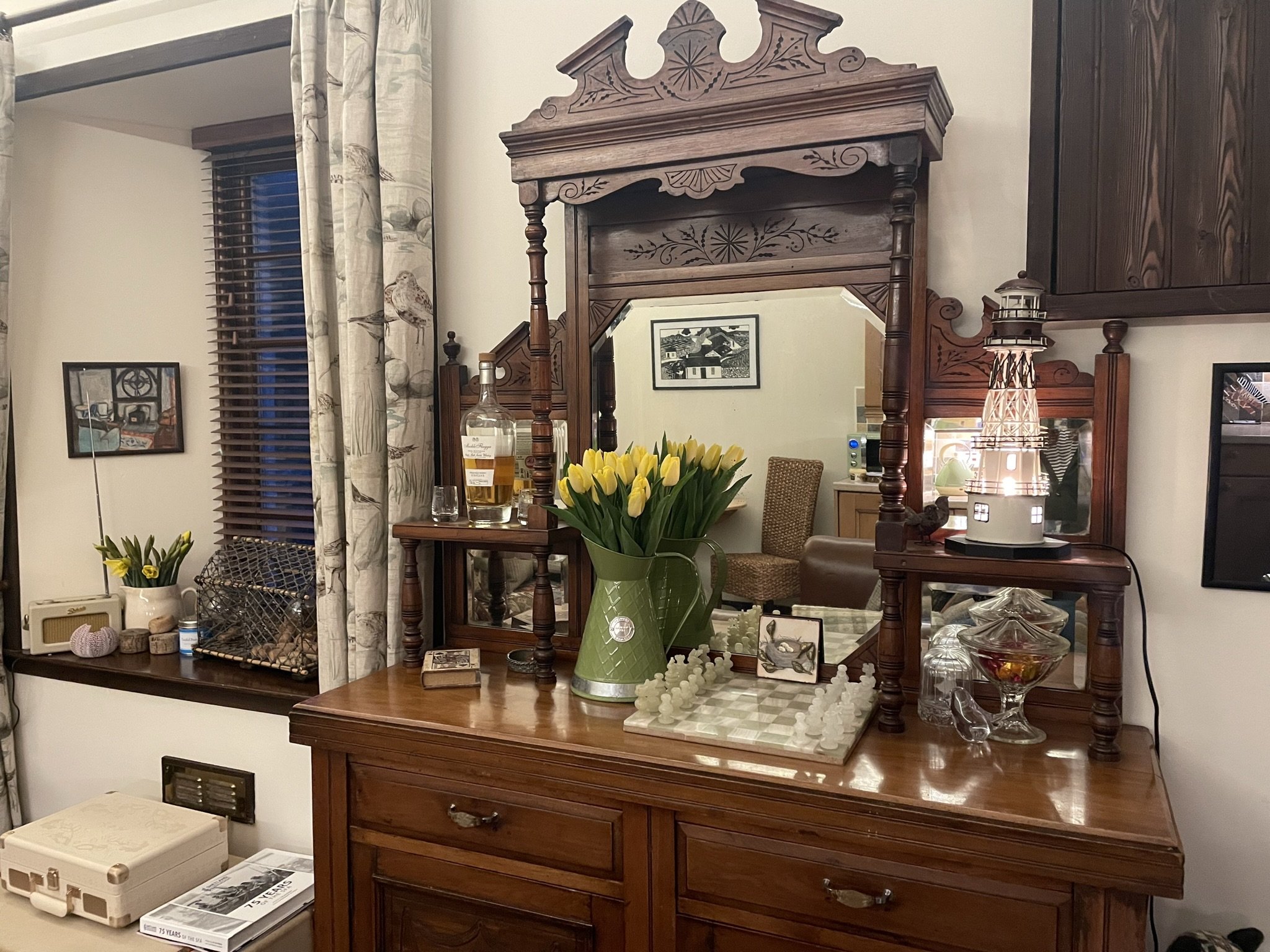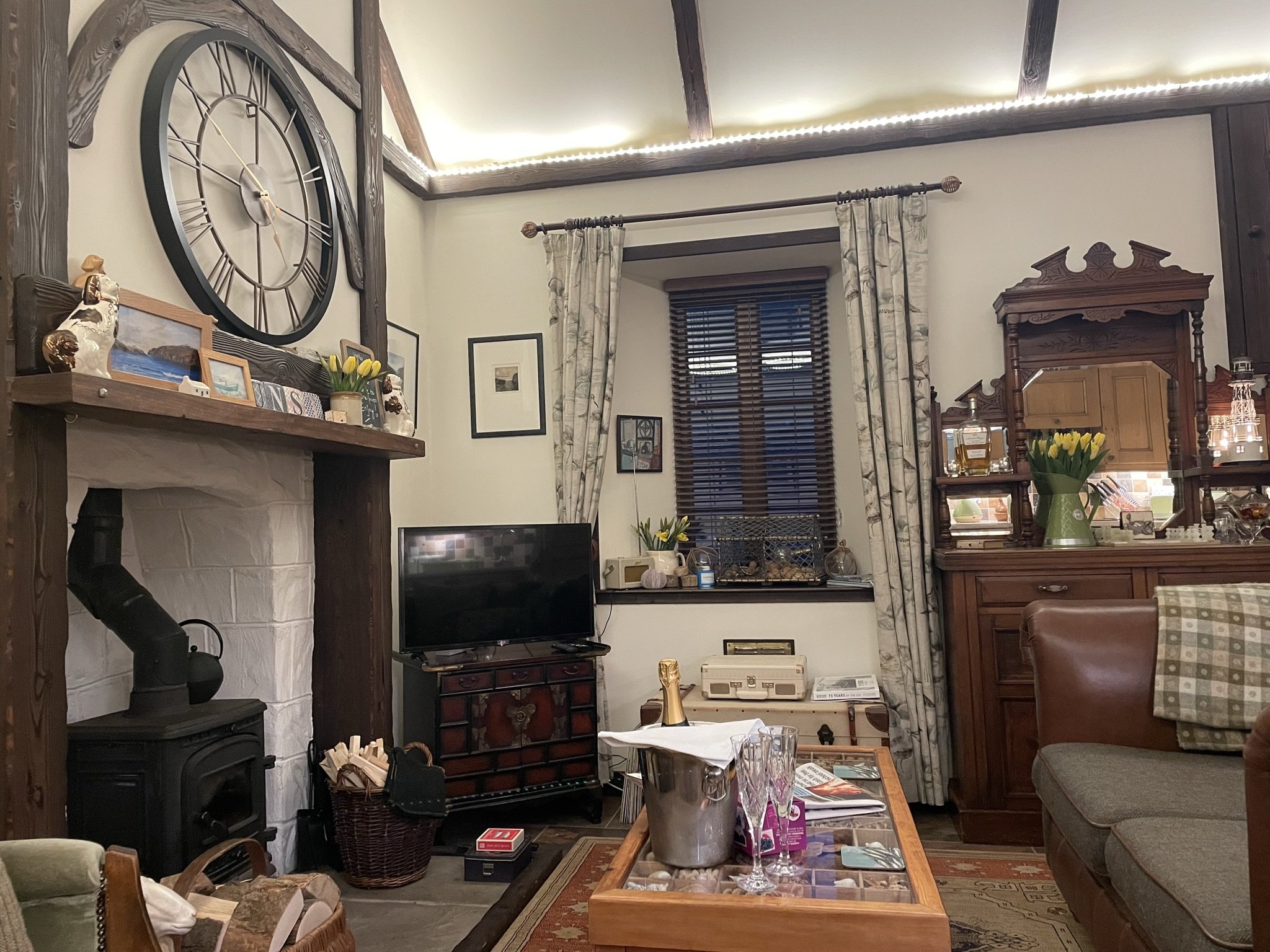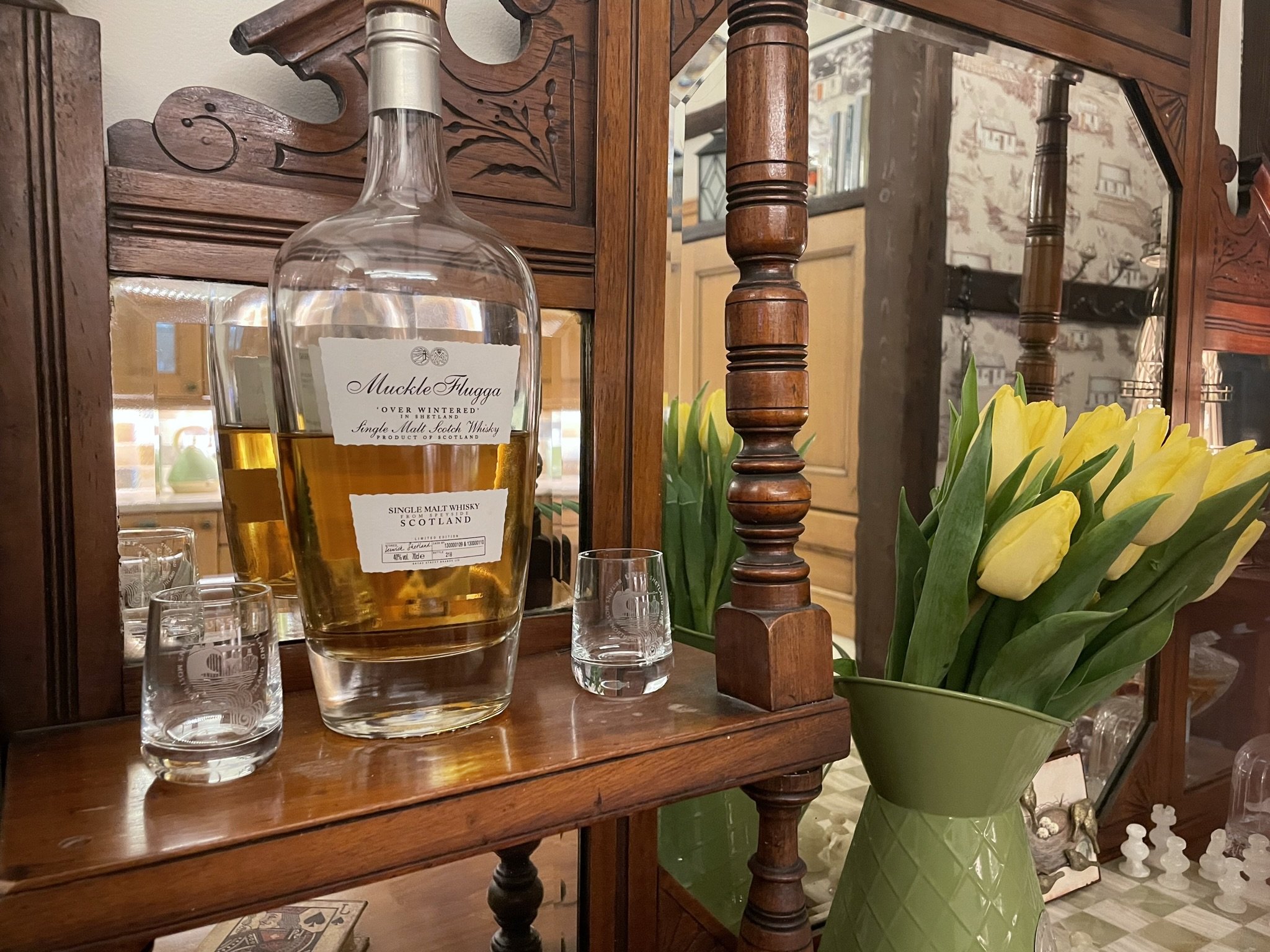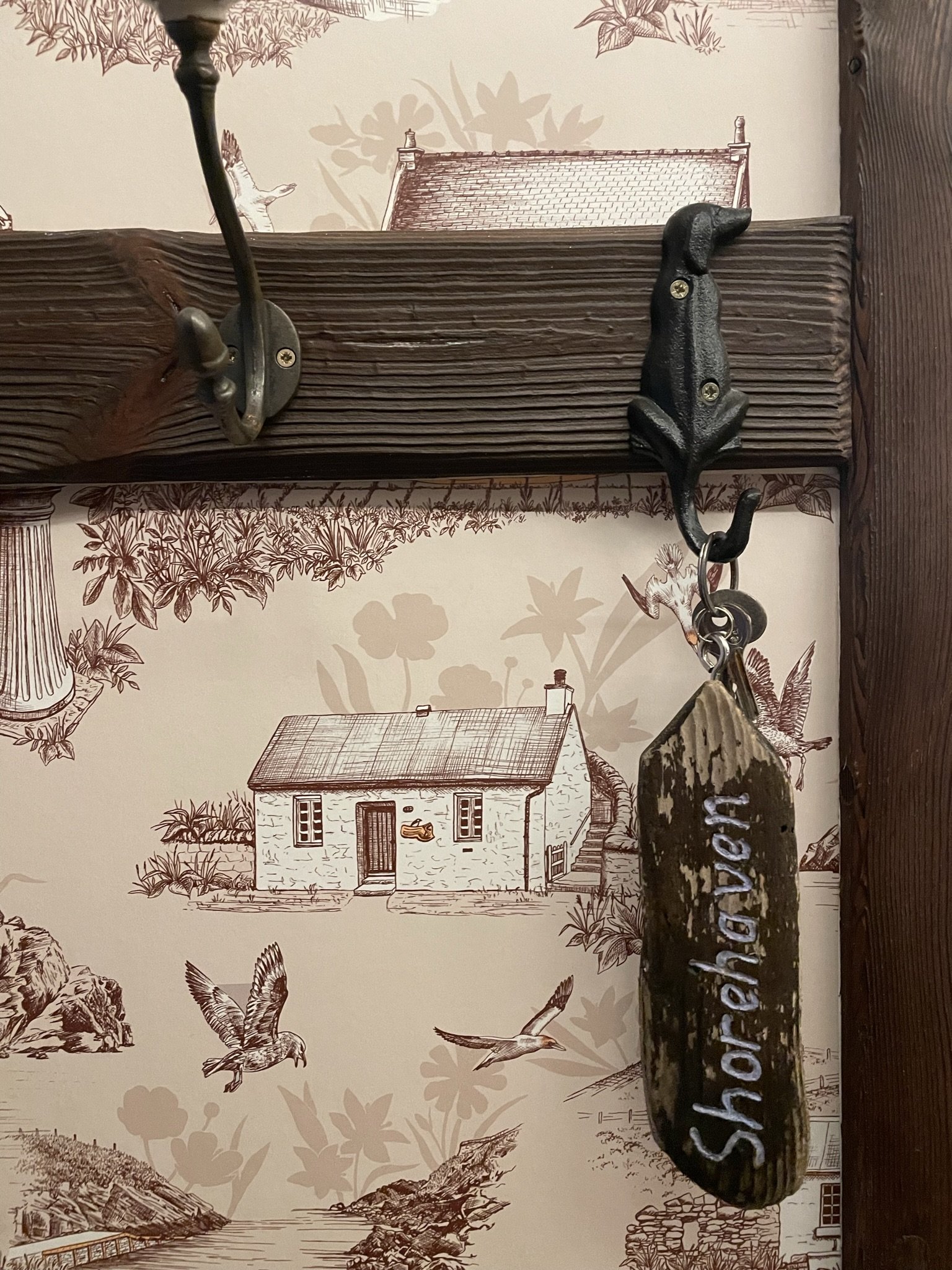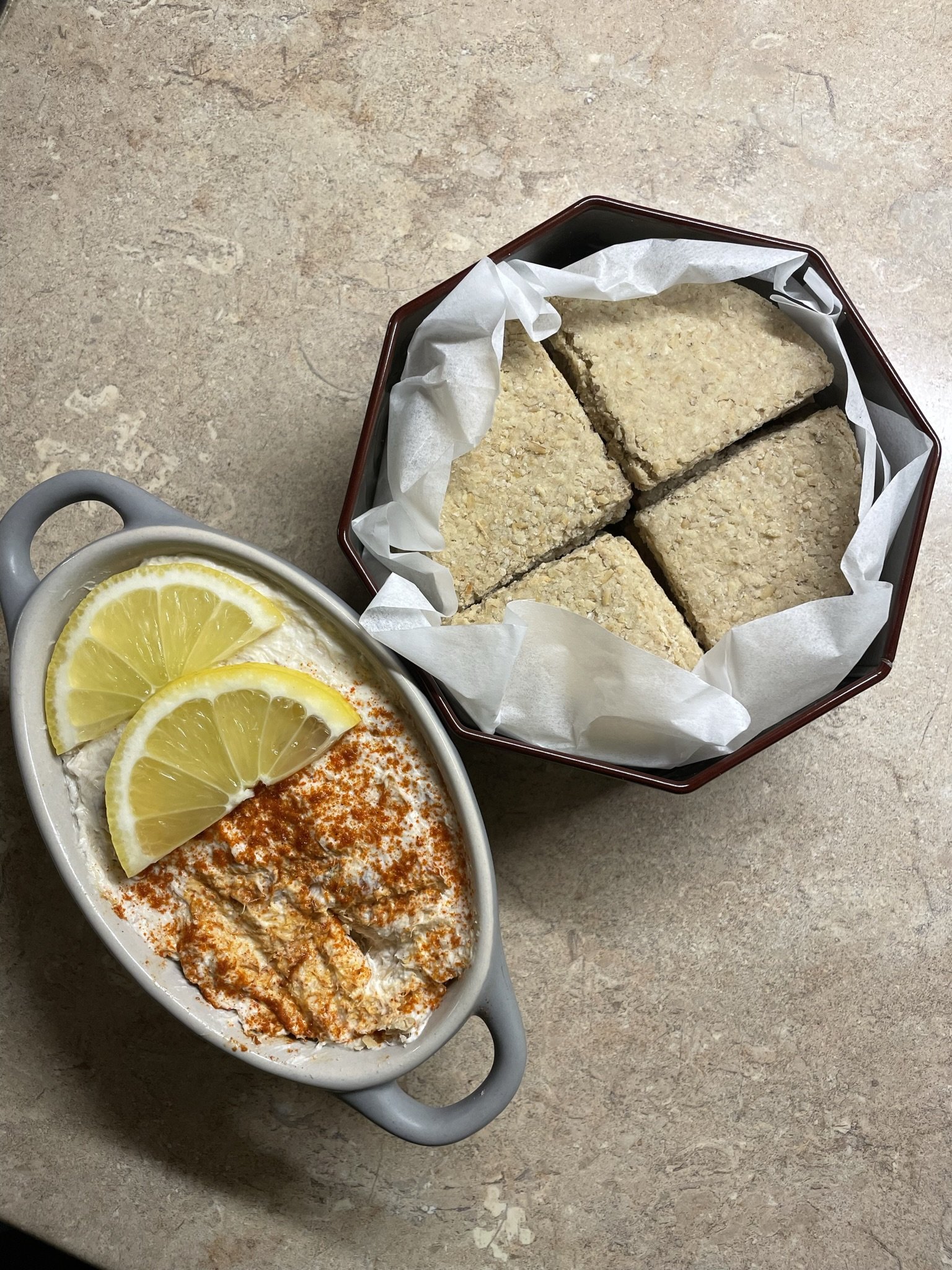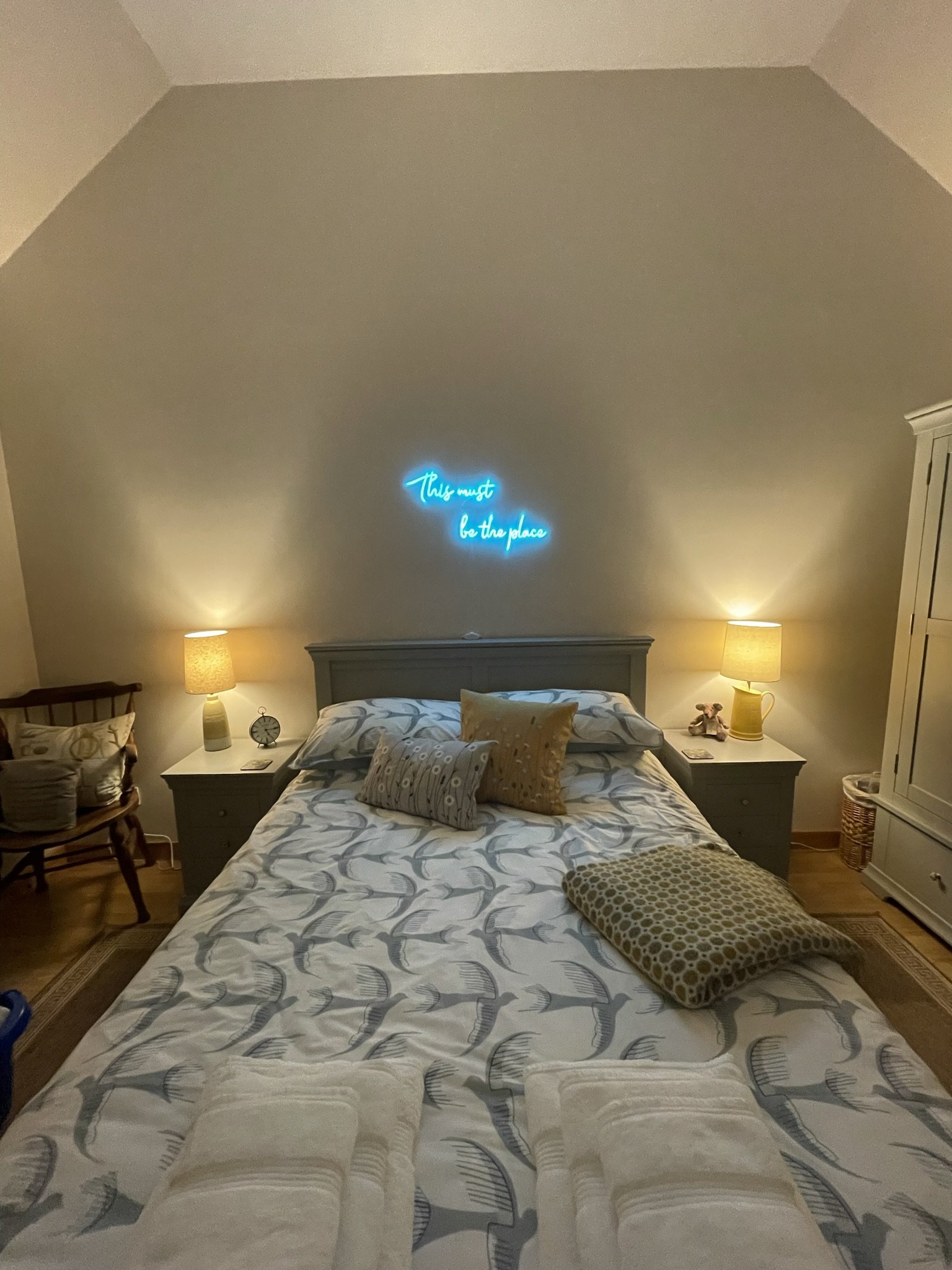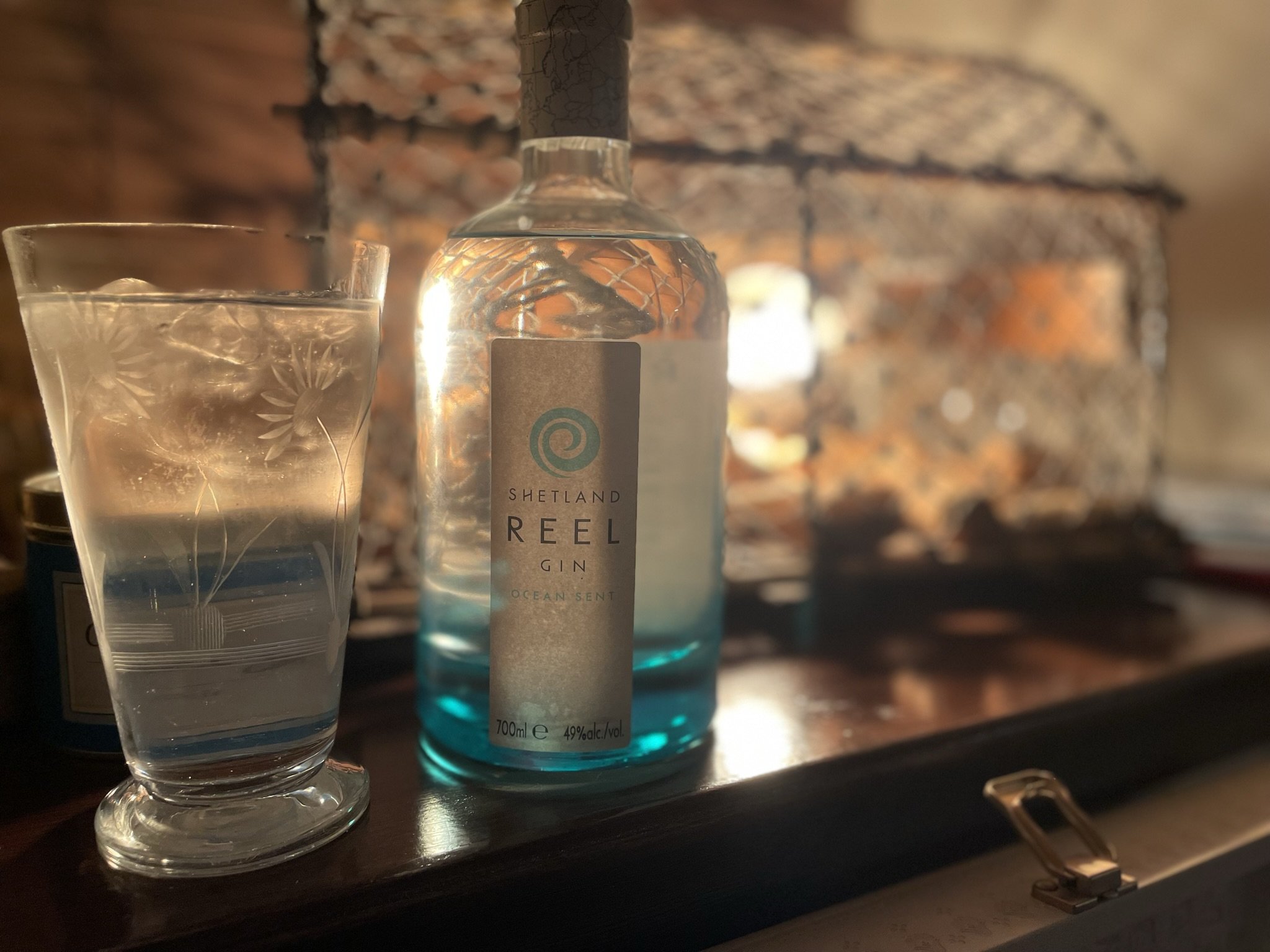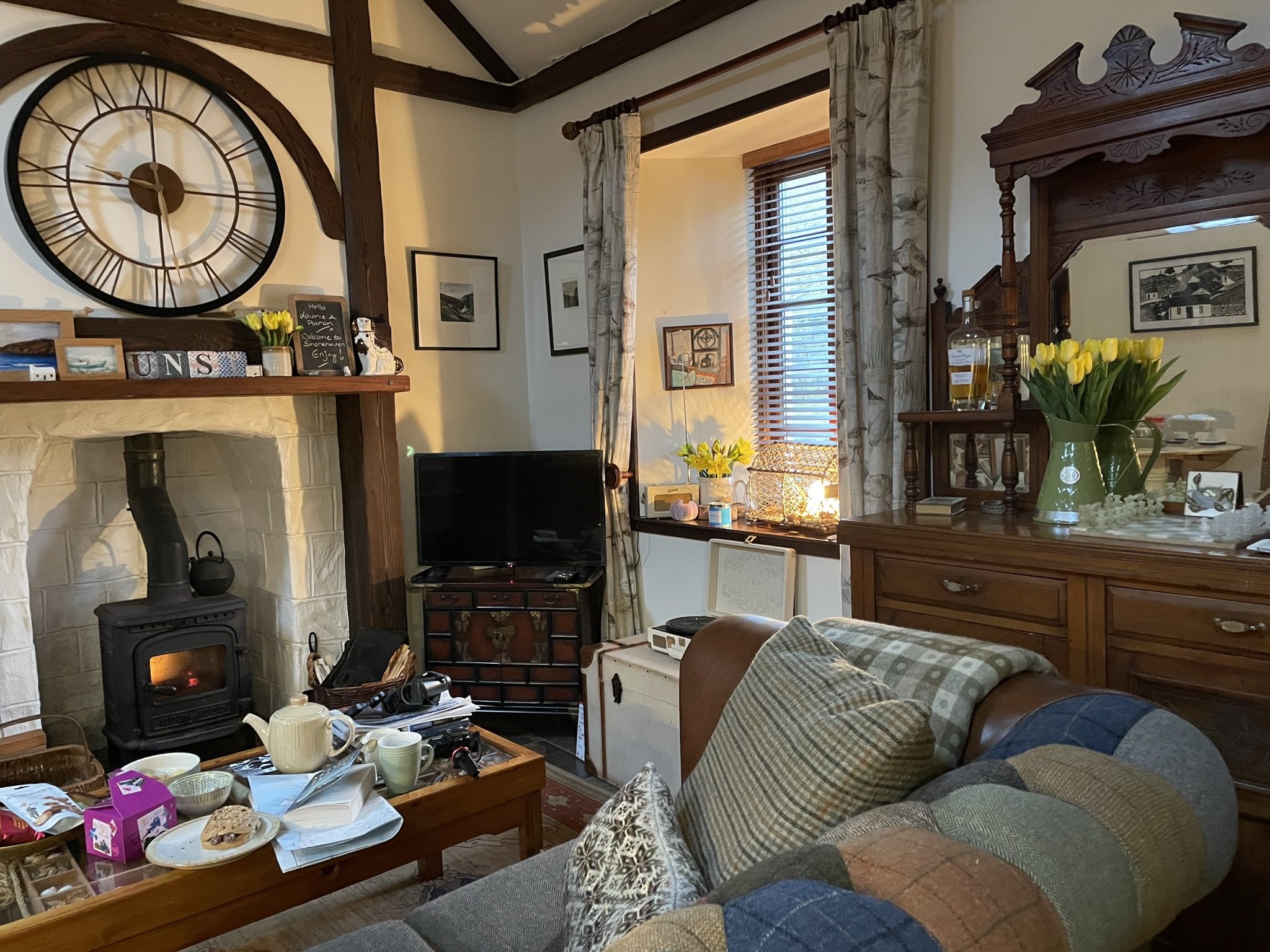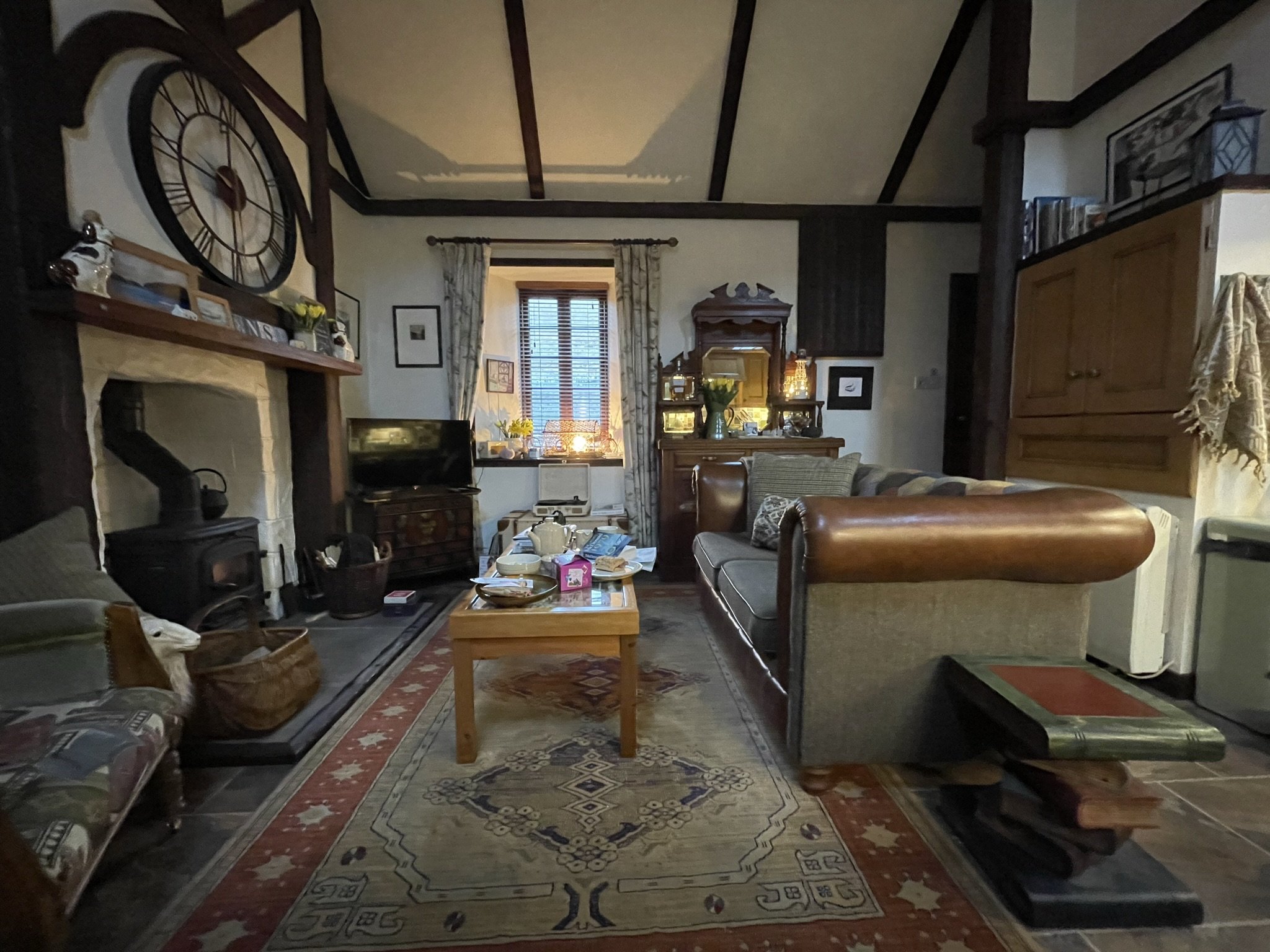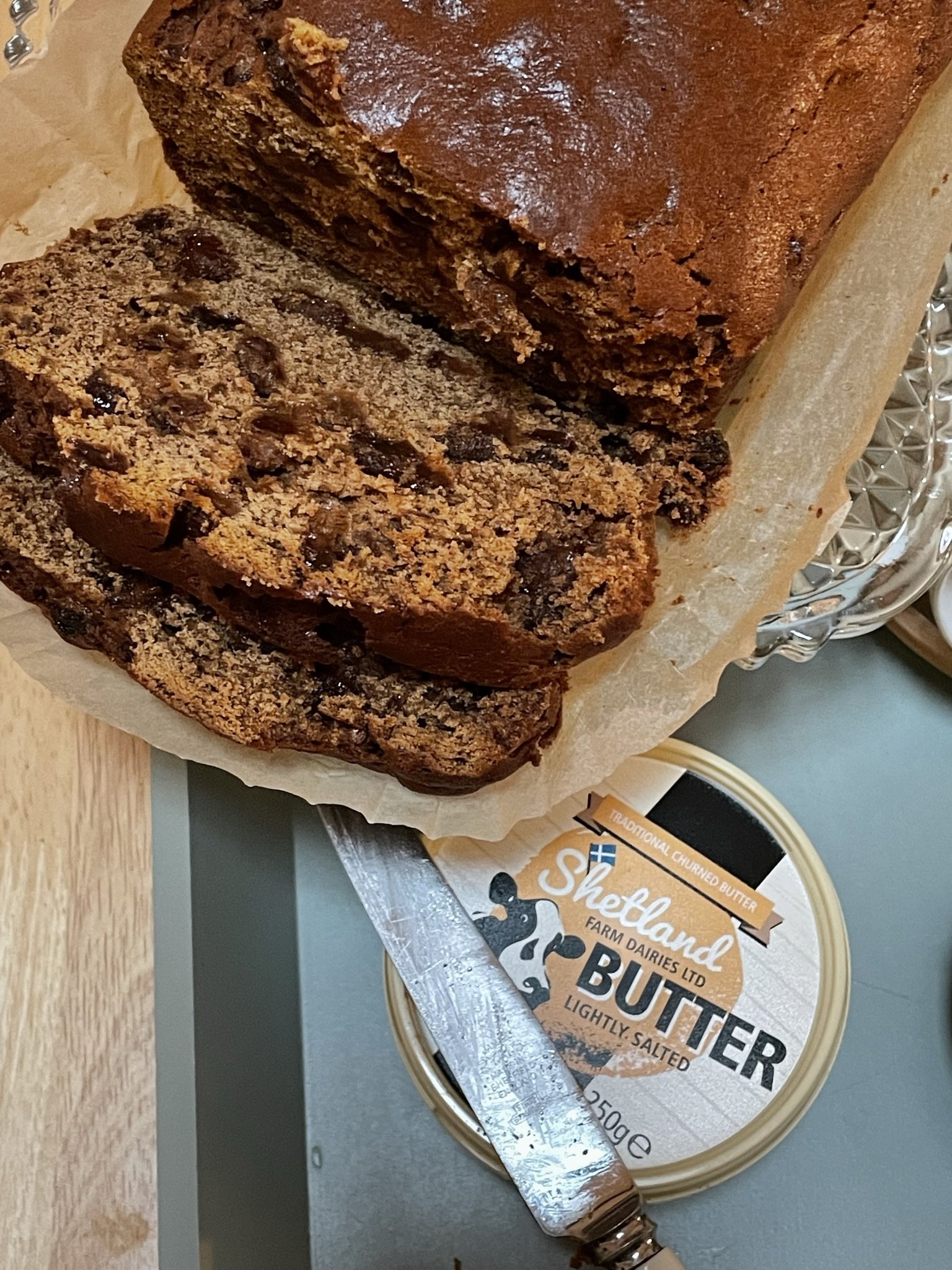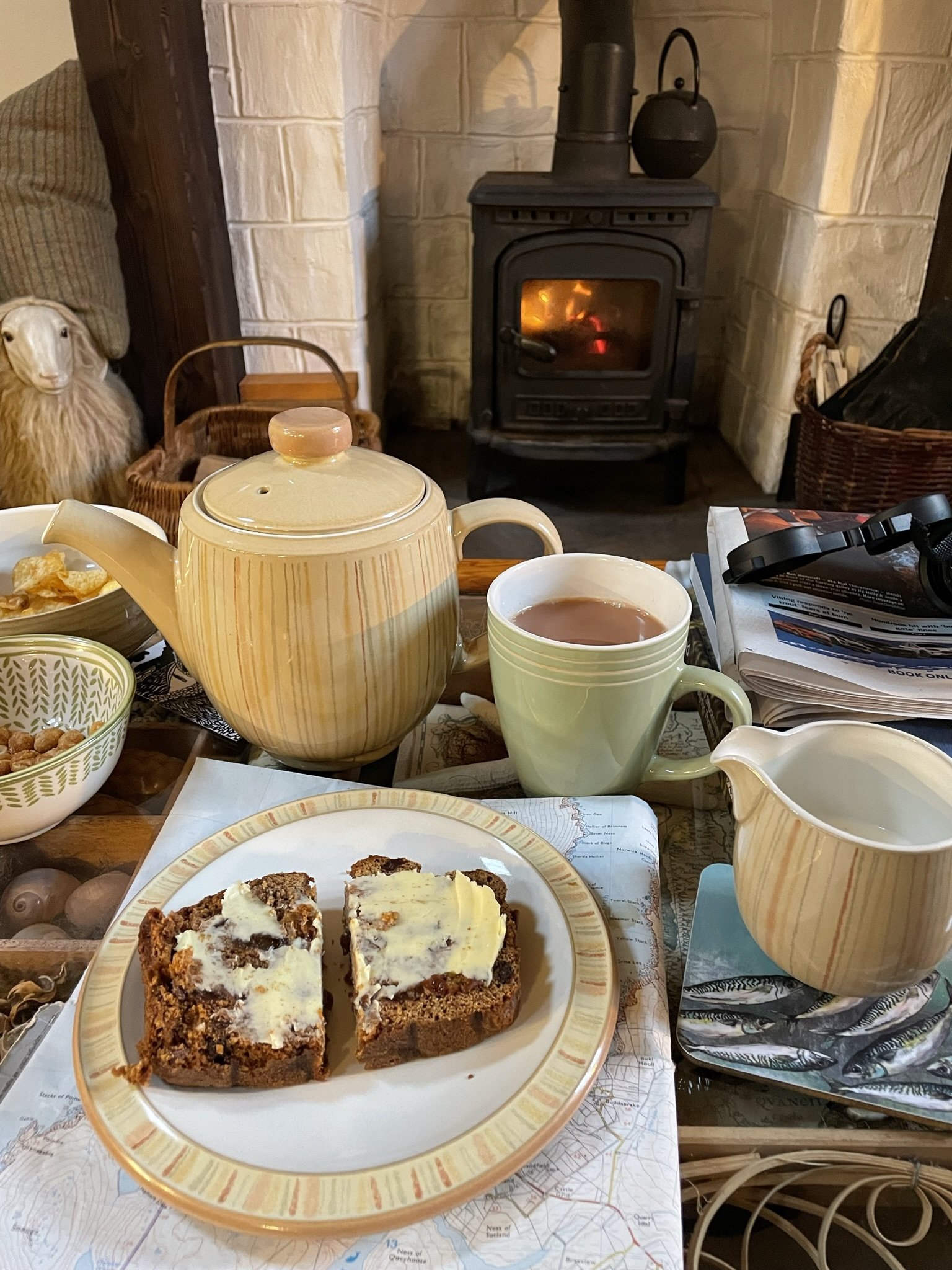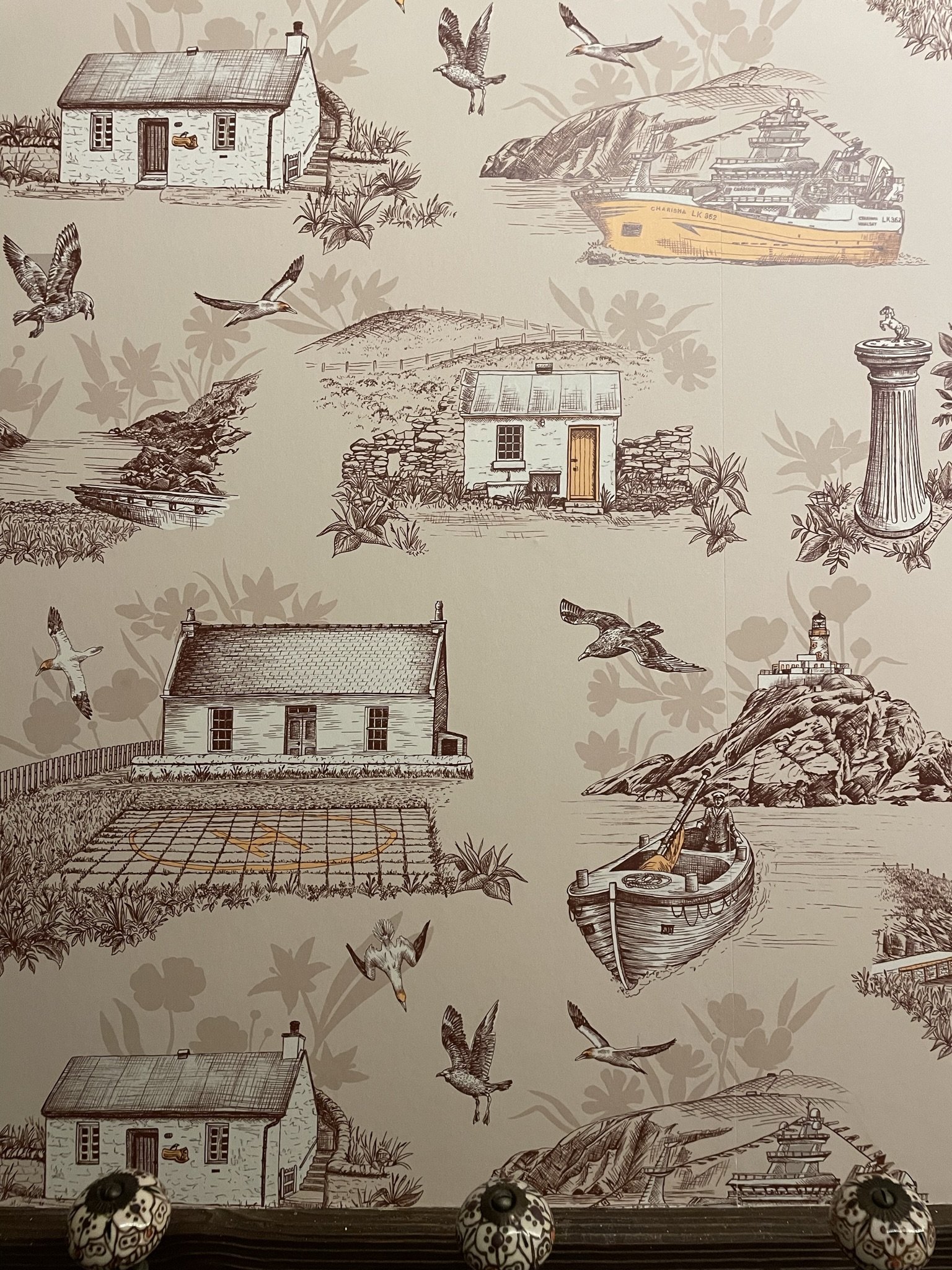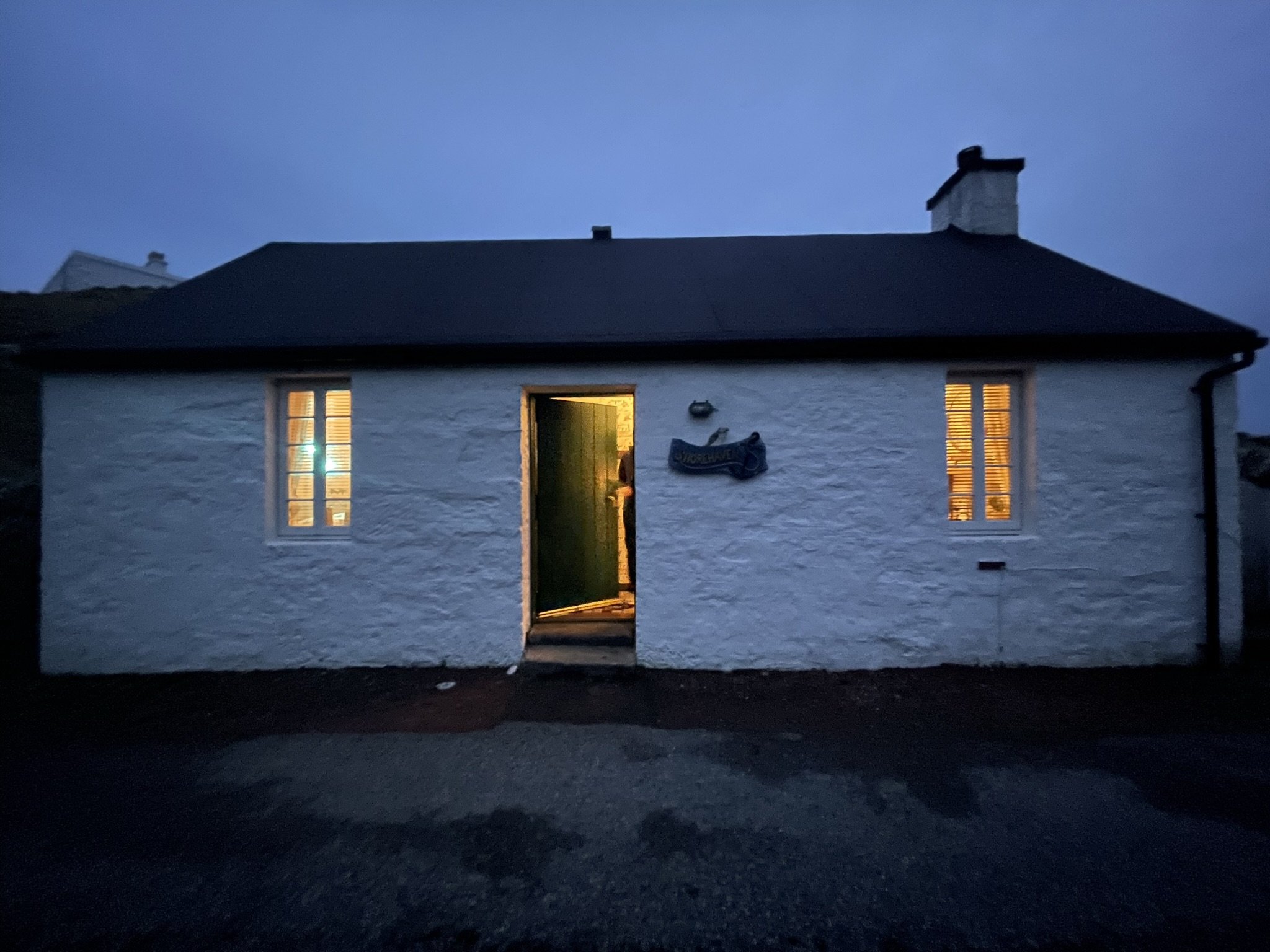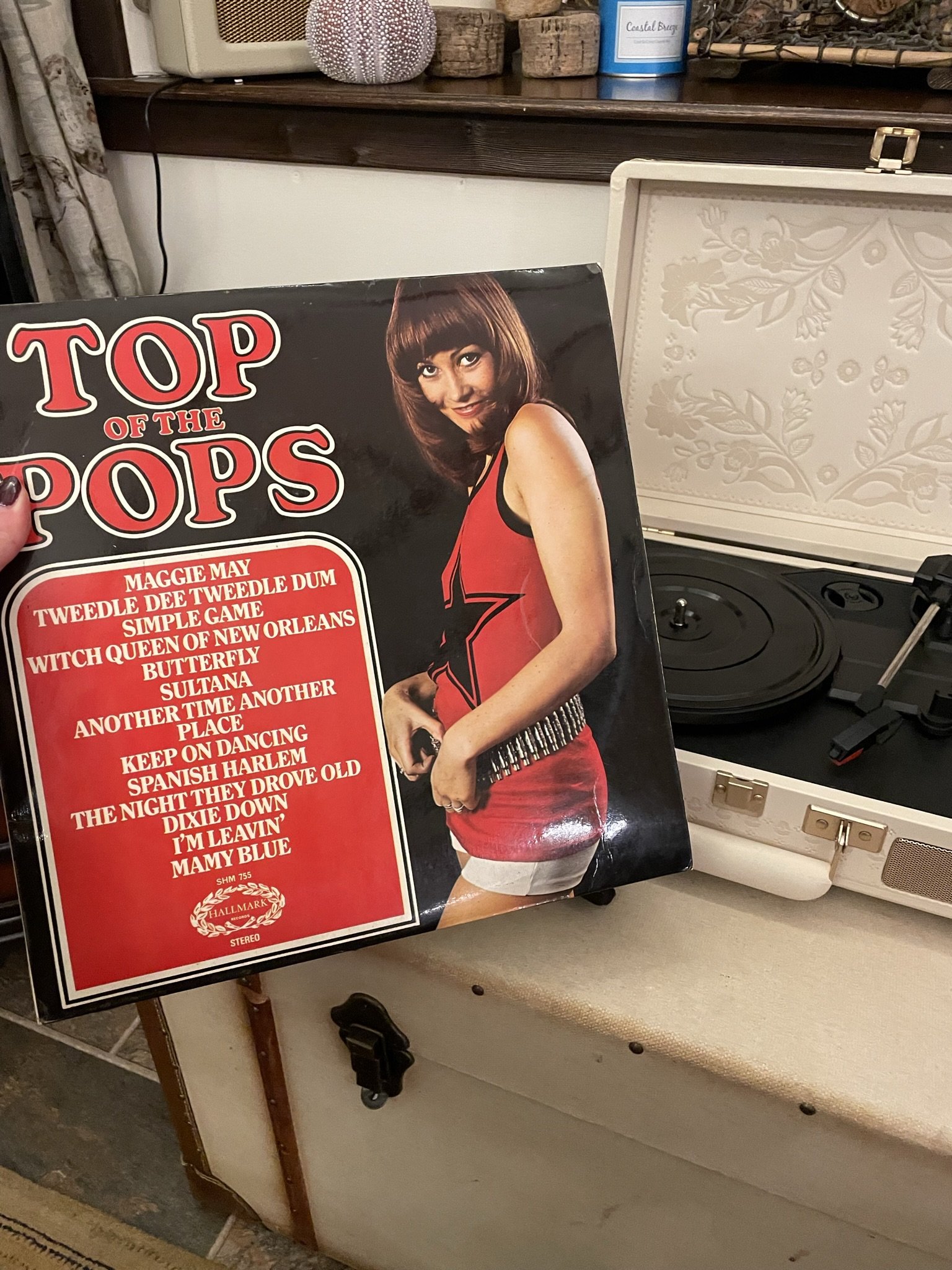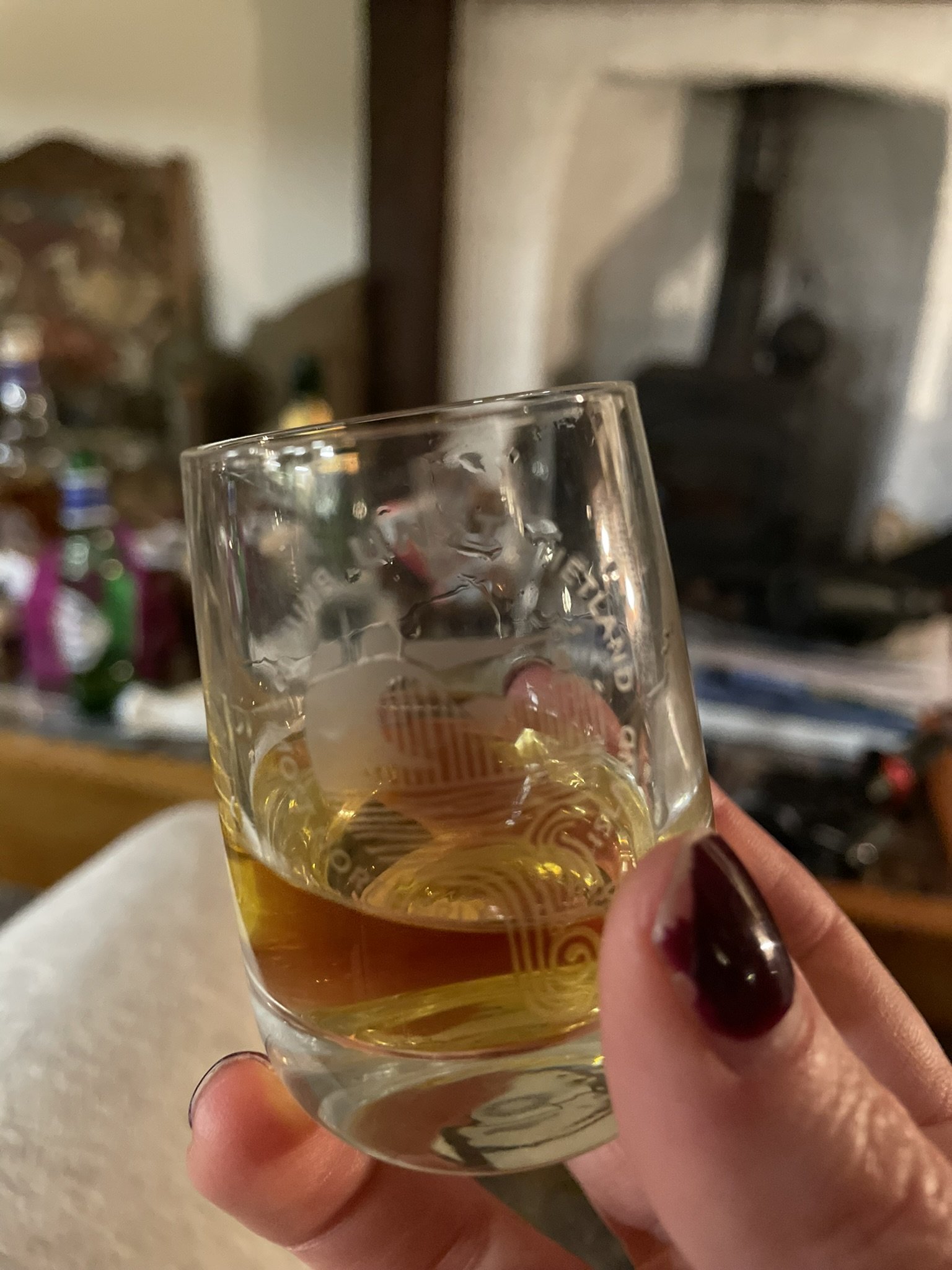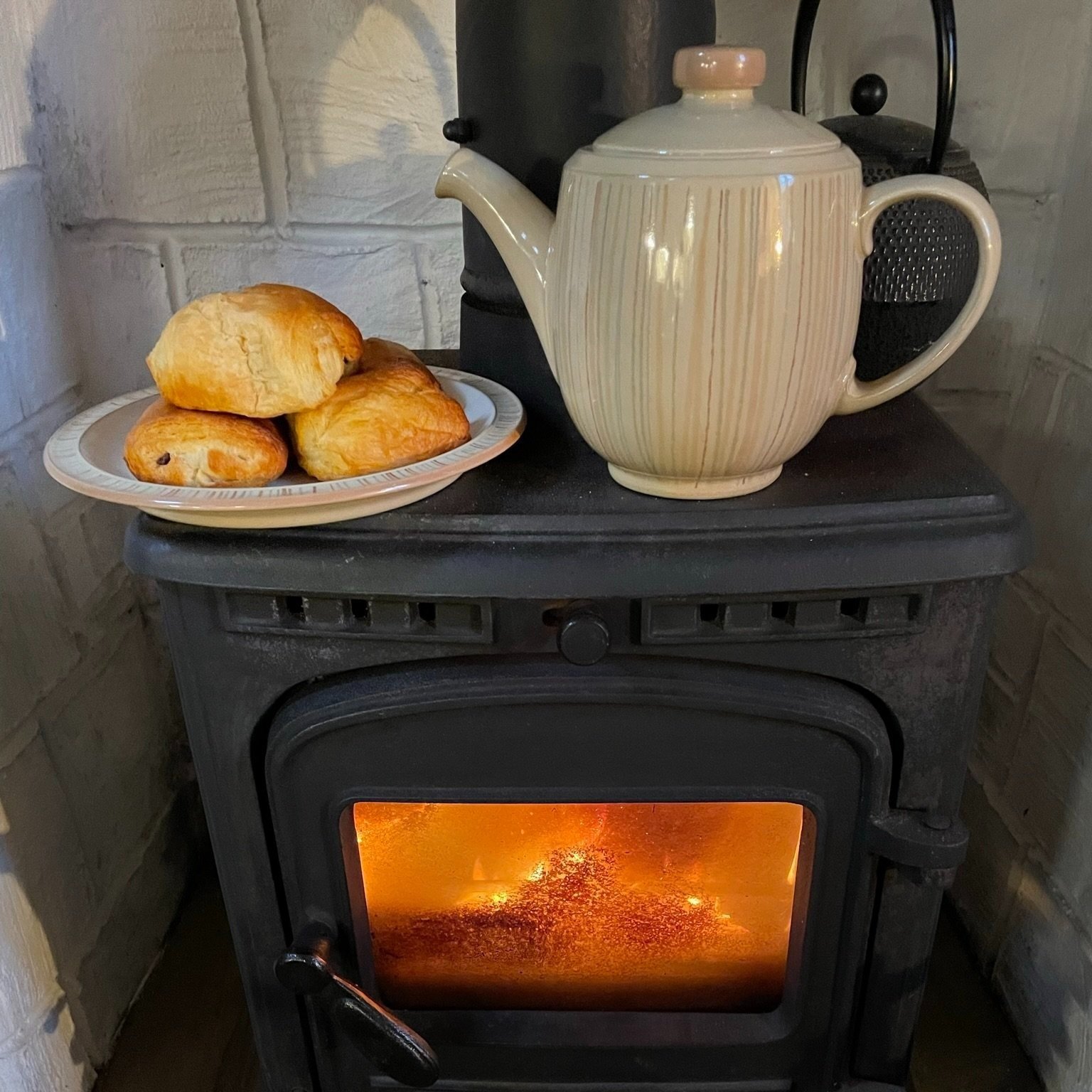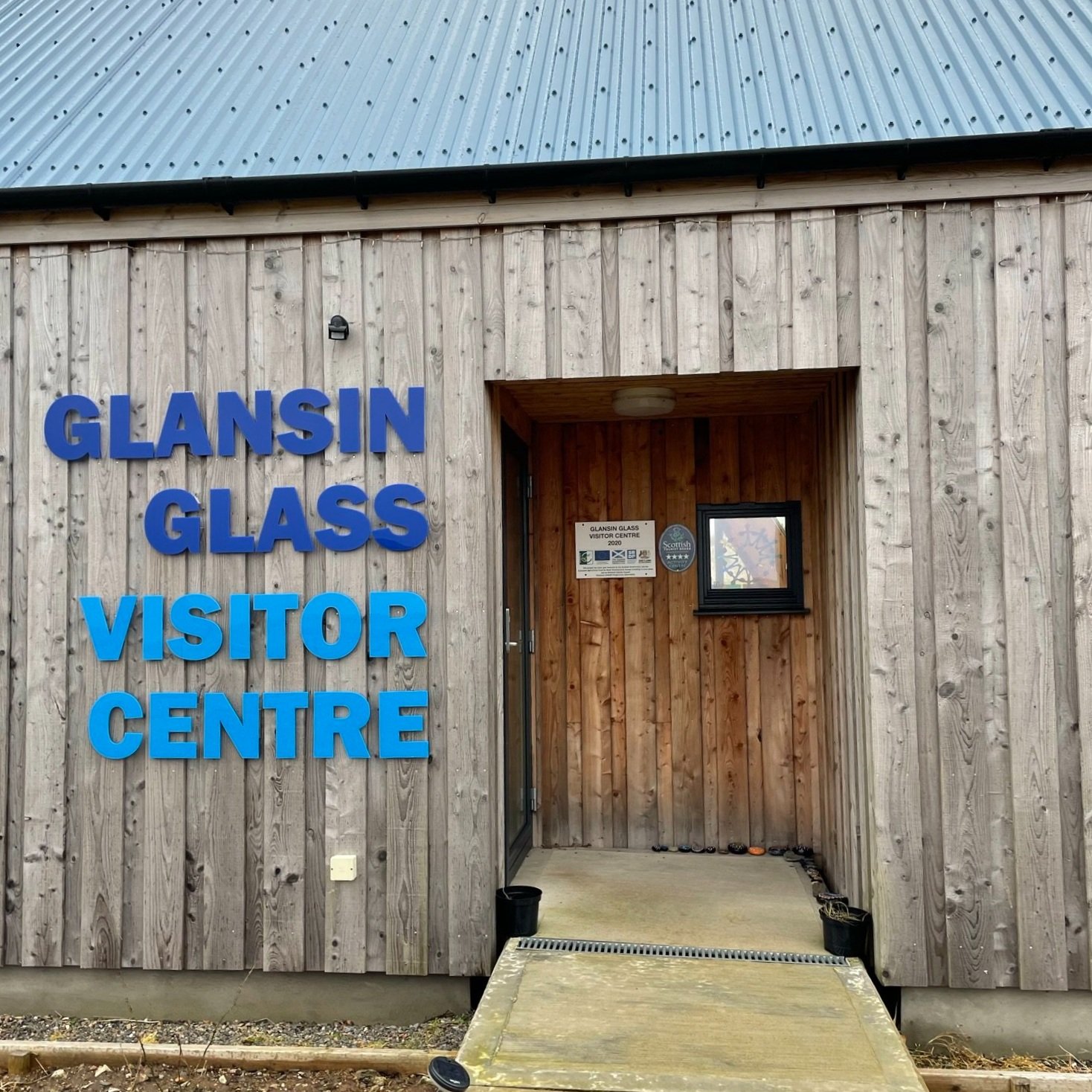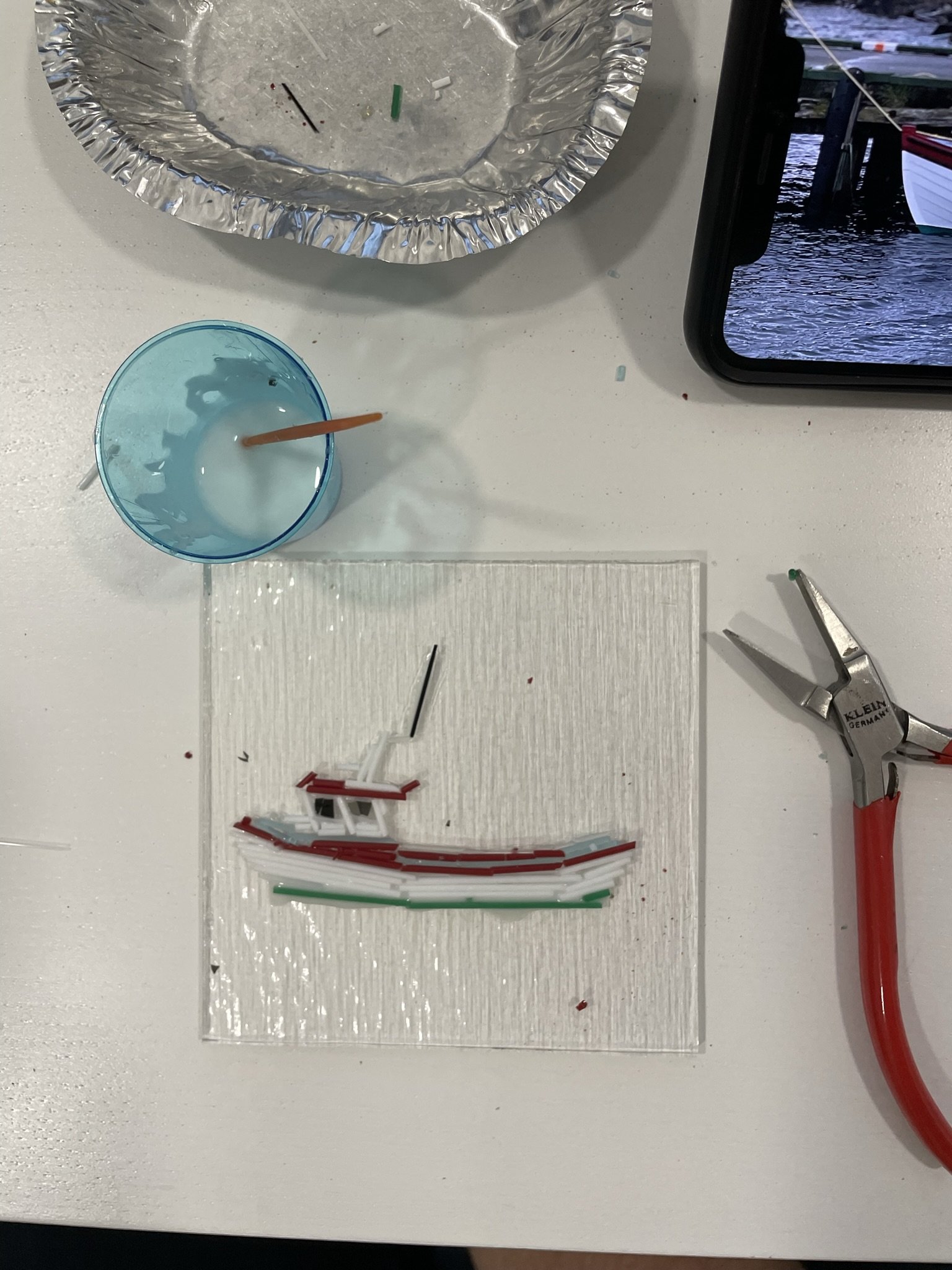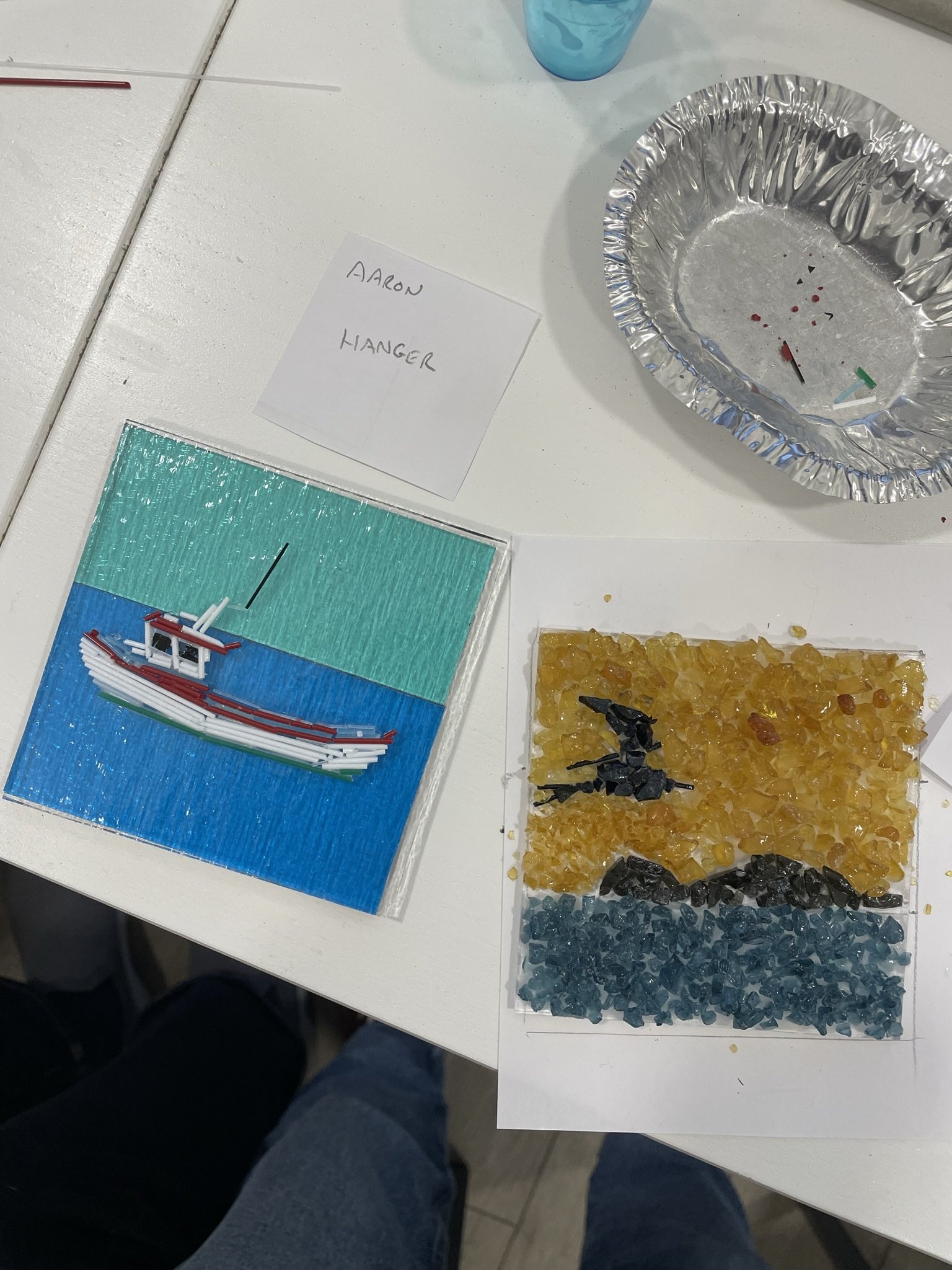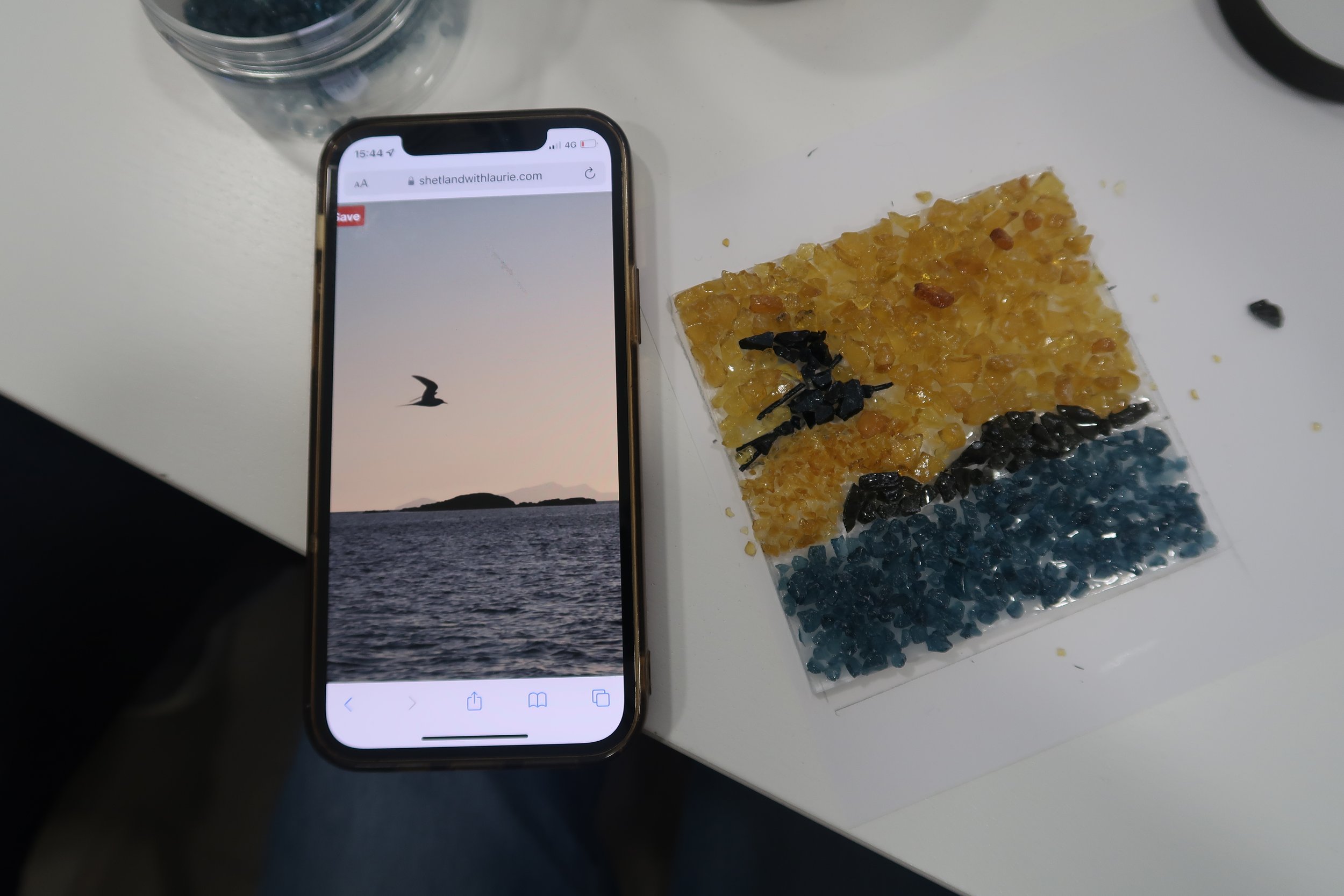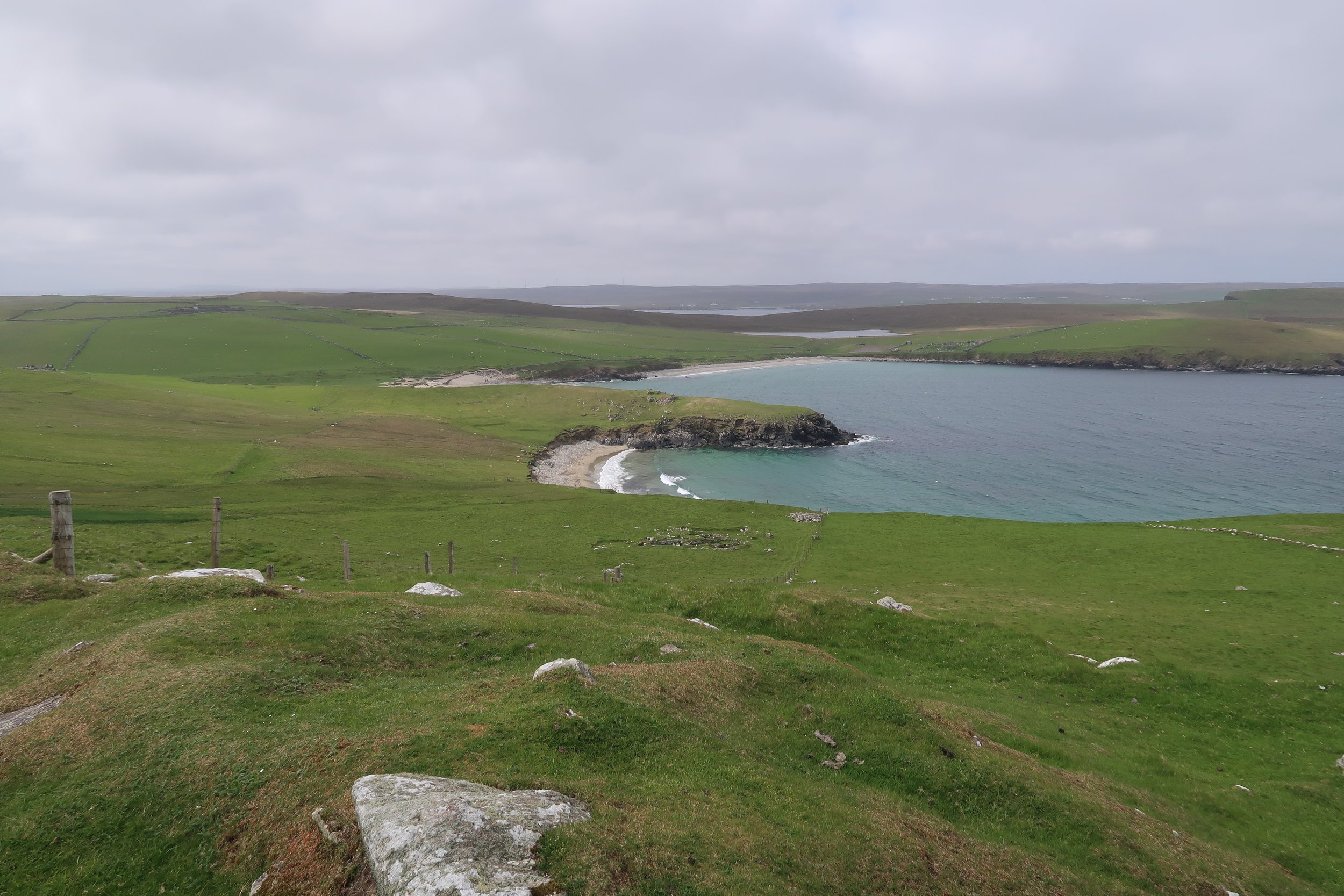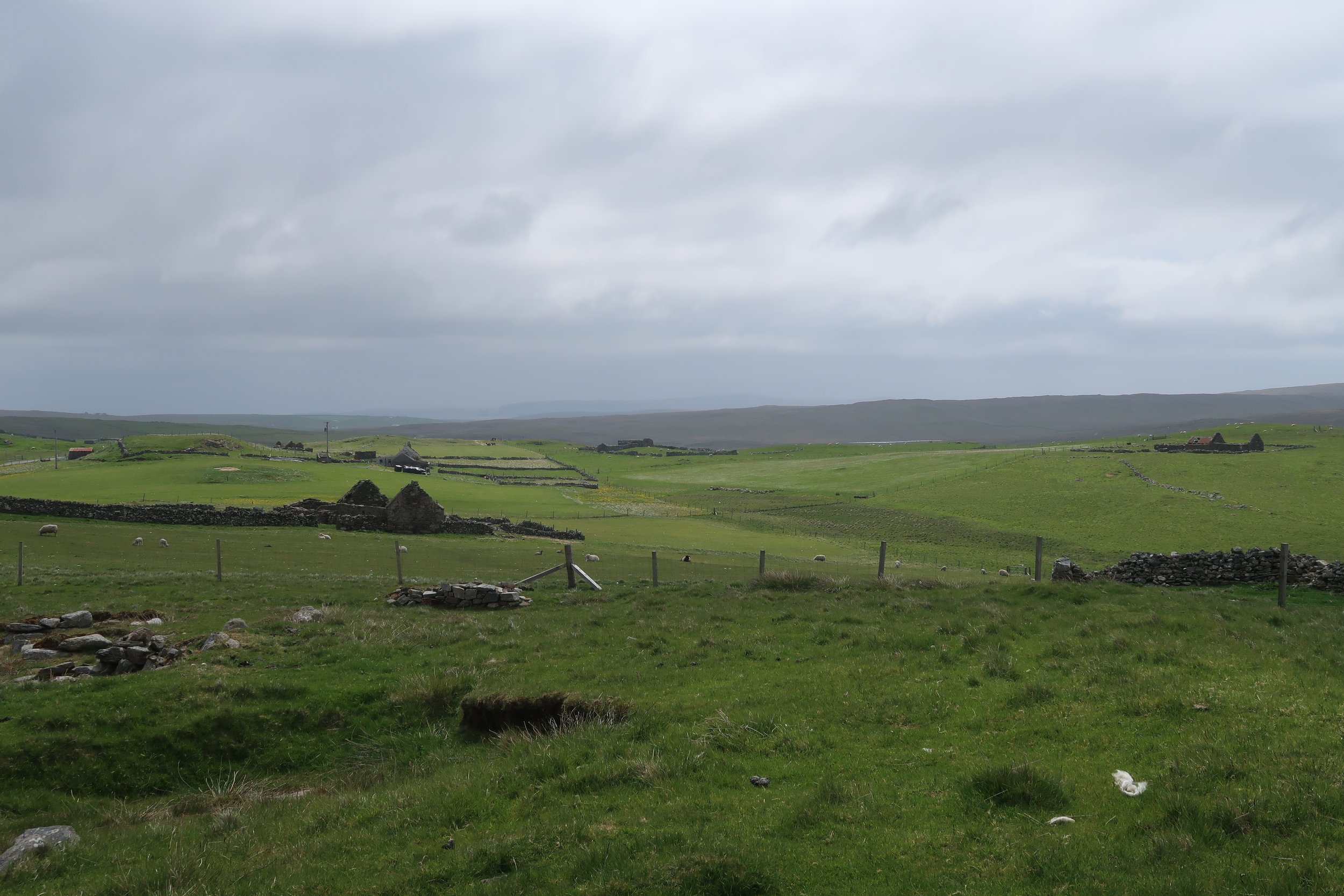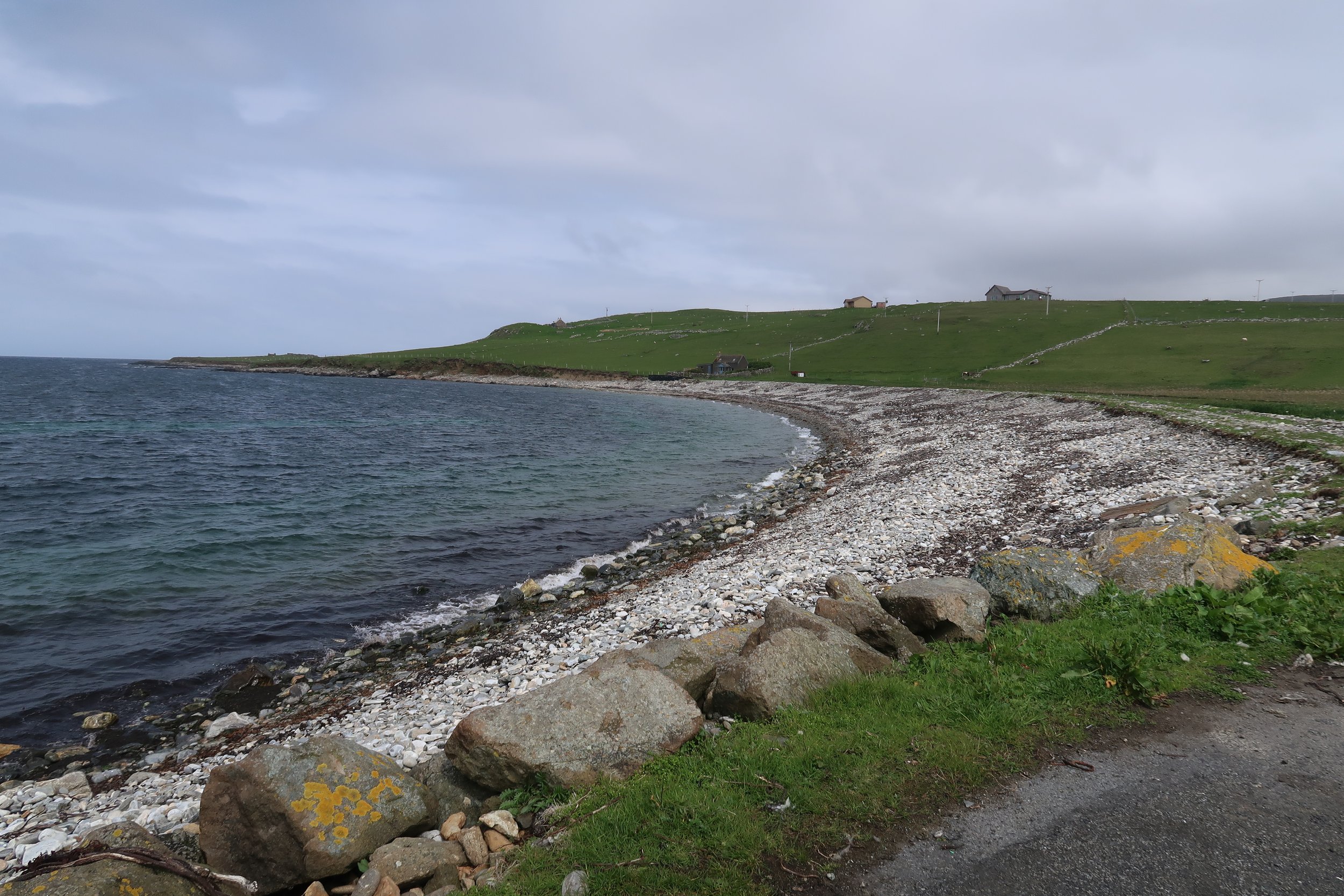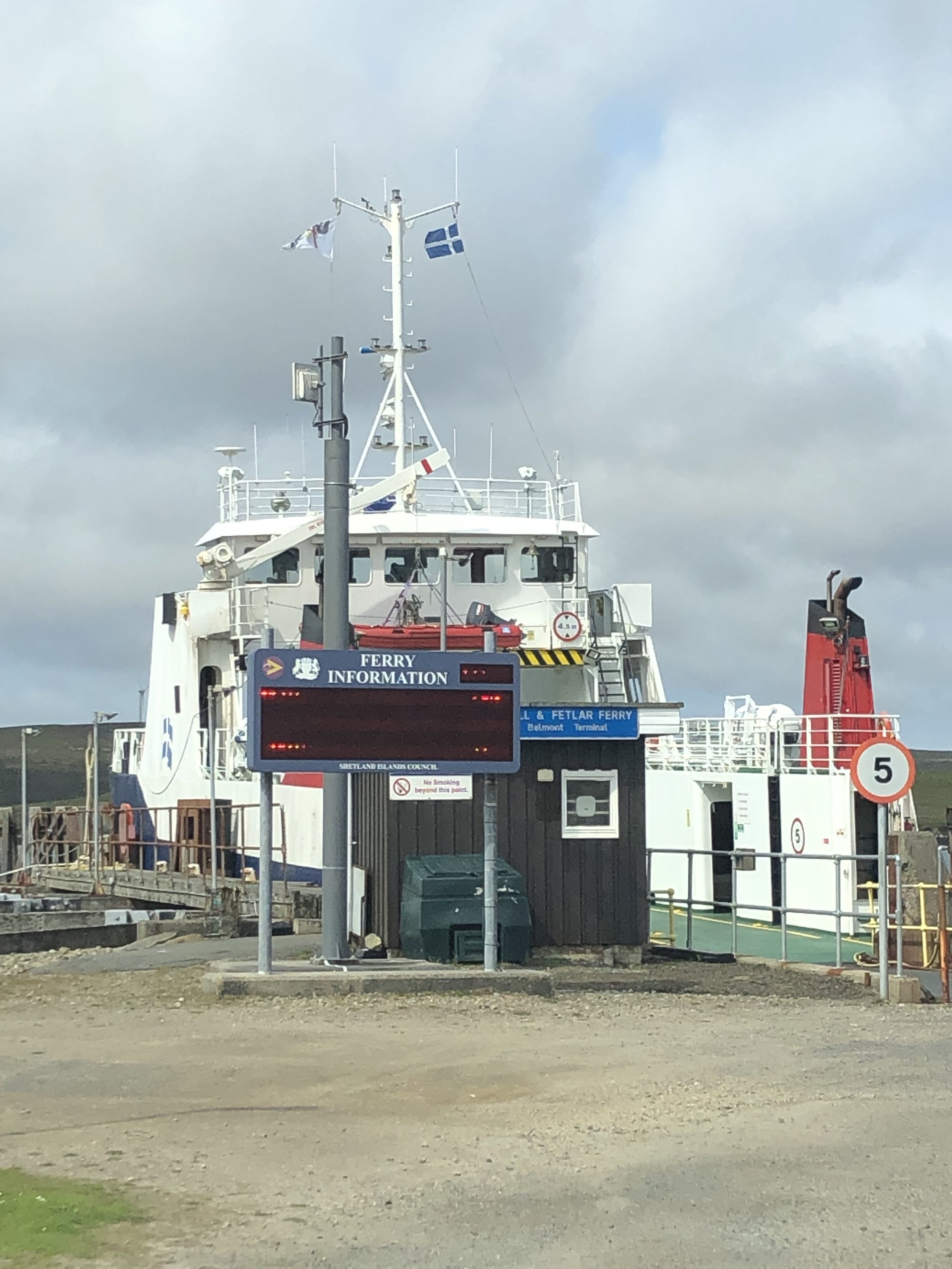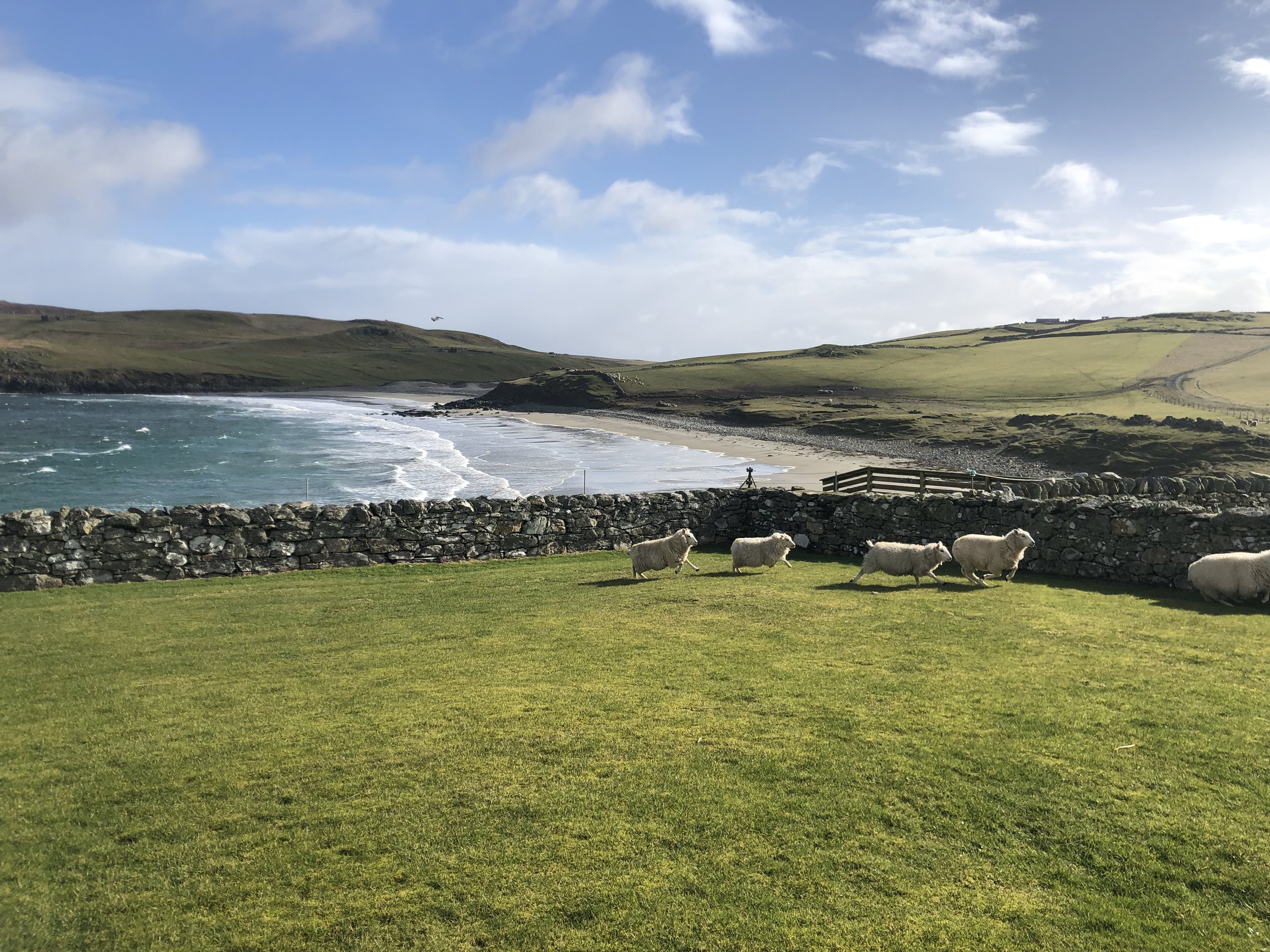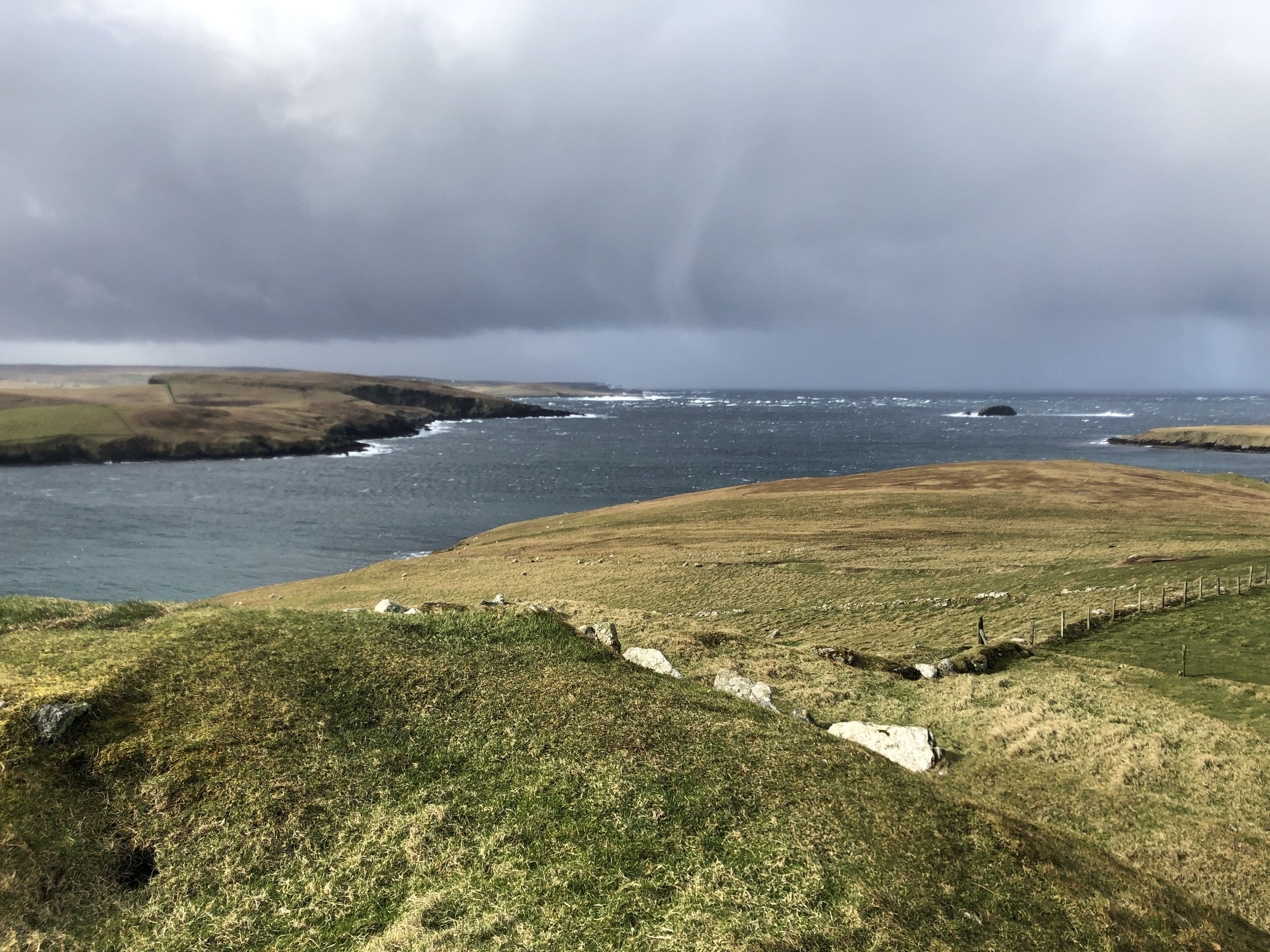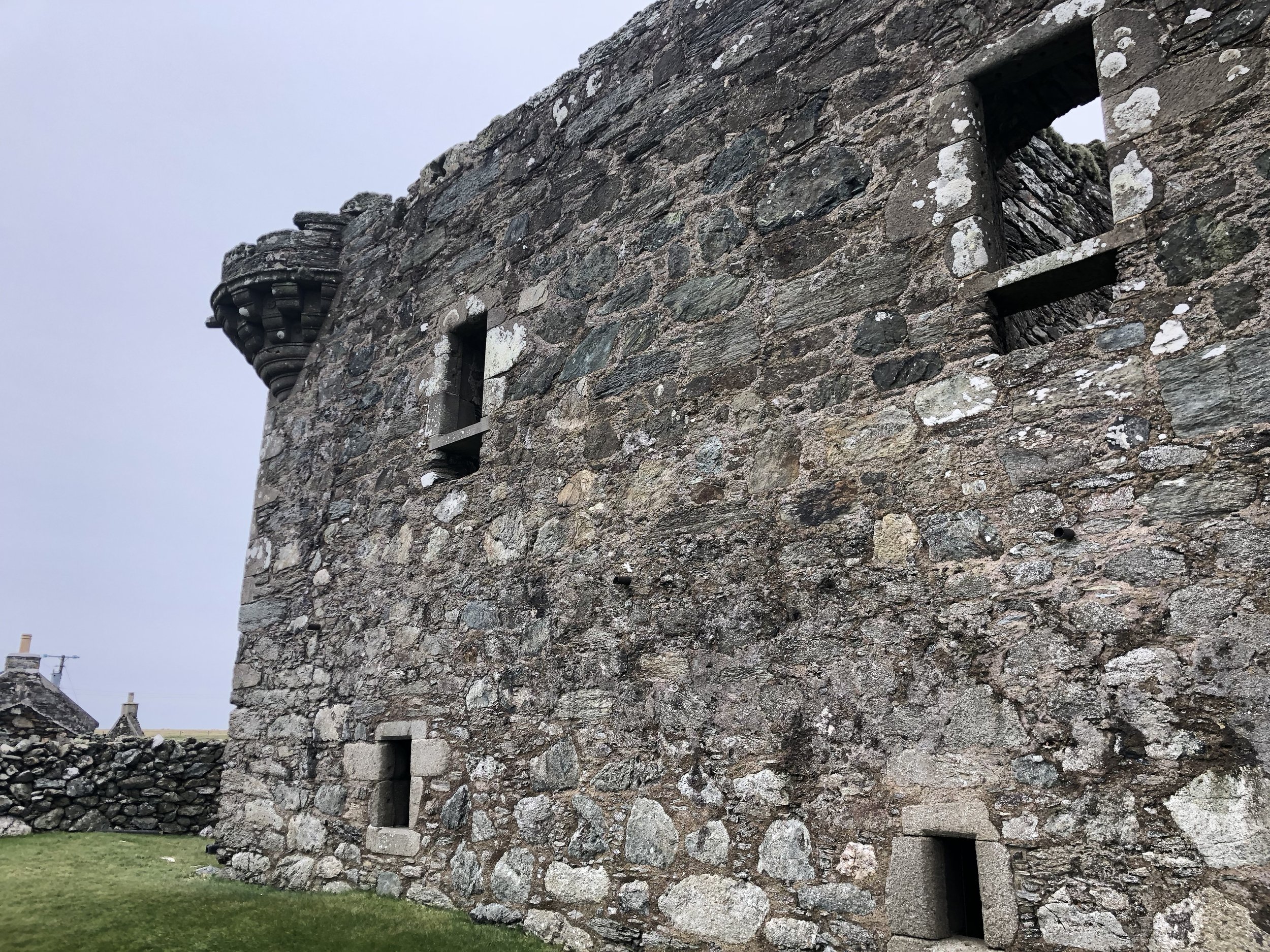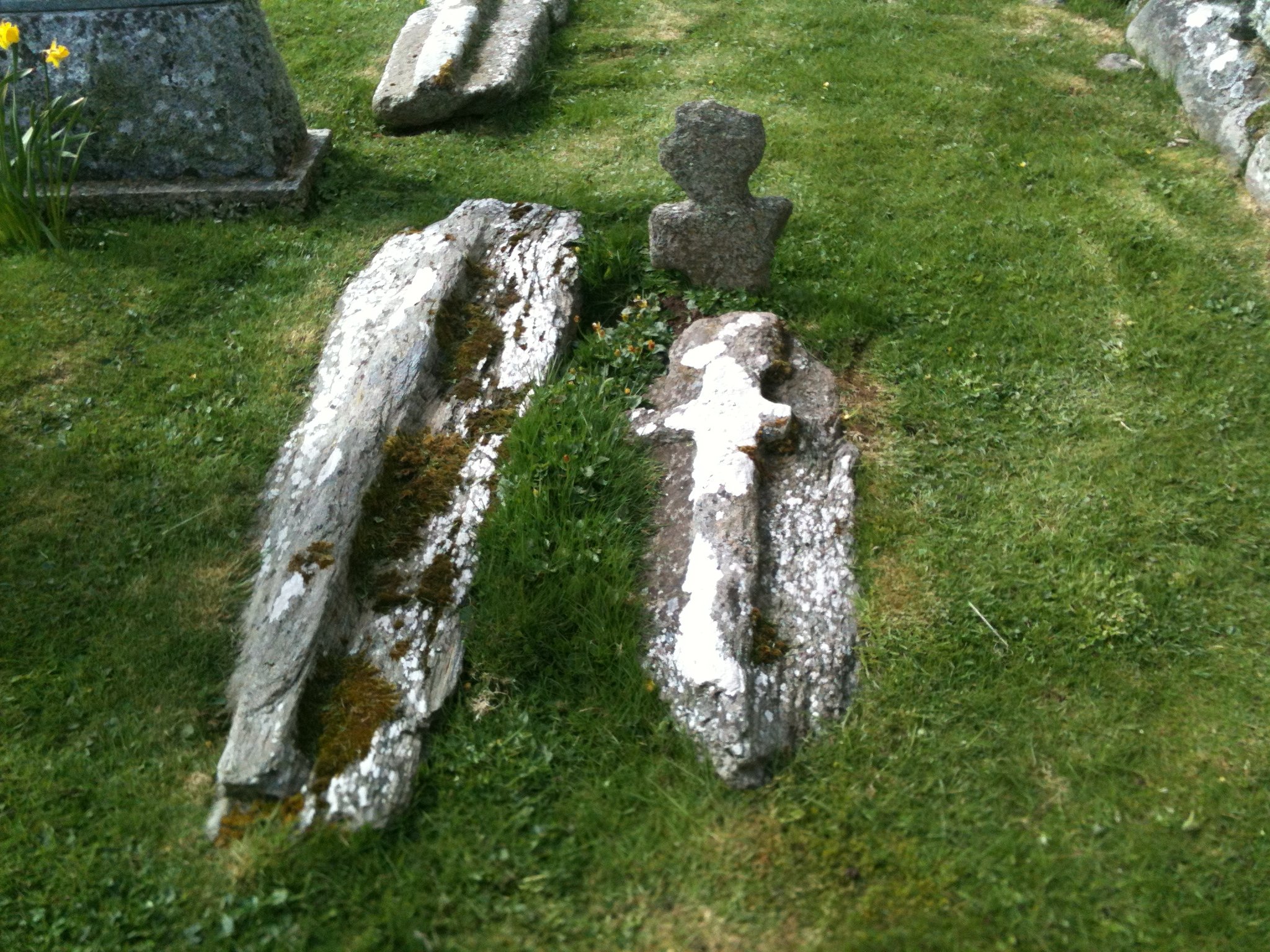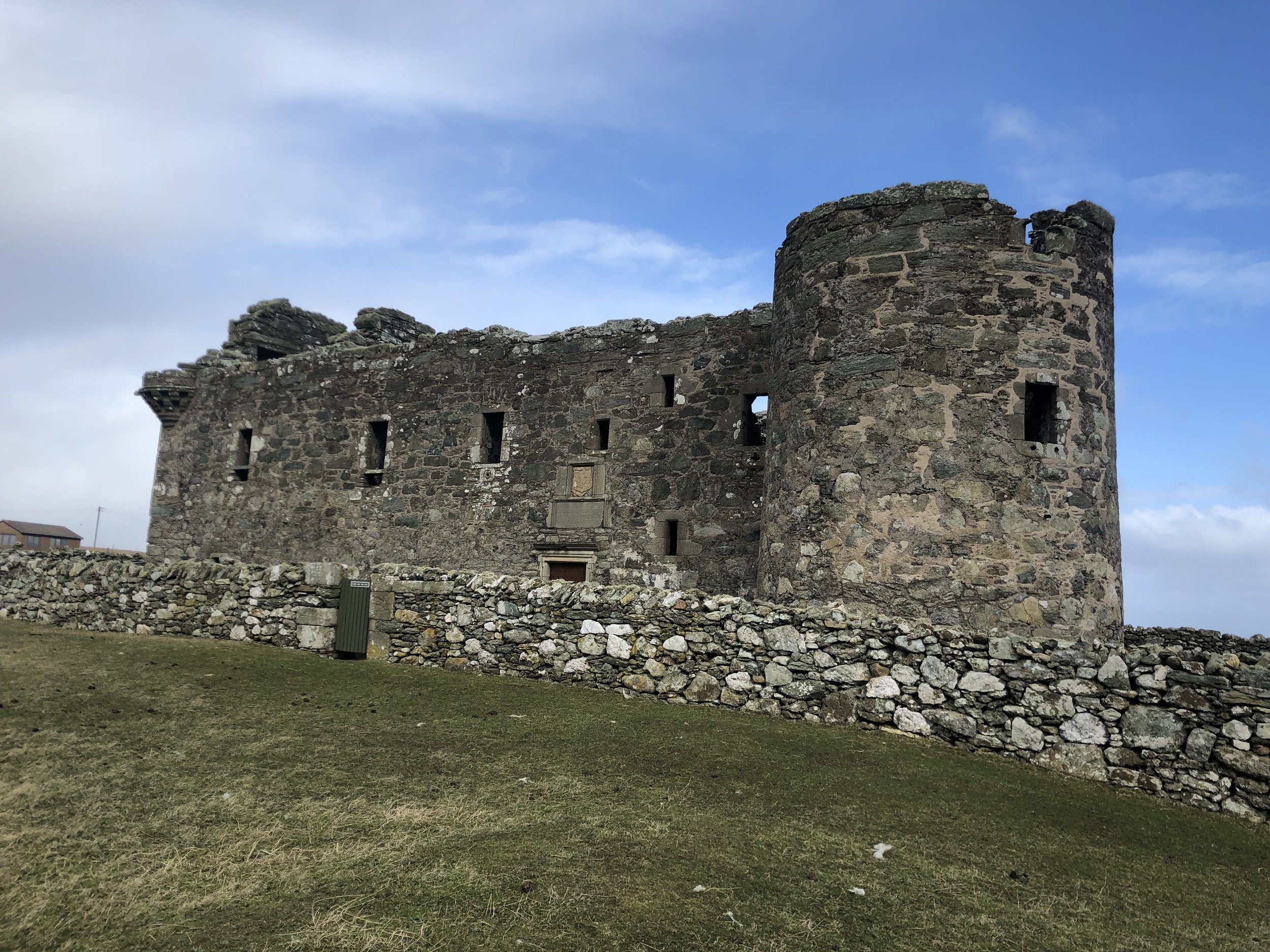Review: Shorehaven, Burrafirth, Unst review and itinerary for your stay
Shorehaven, Unst, self-catering, tucked in under the hill at Burrafirth
Anyone with young children will understand our excitement when we were invited to have a weekend away, just the two of us, leaving the bairns at home with granny for a few days as we headed up to Unst to the beautiful Shorehaven.
February is a great time to escape the day-to-day. After a long-drawn winter, a few days of cosy log fires, fresh air and single malt was just what the doctor ordered.
Shorehaven, where we were to spend the weekend, dates back to 1854 when Hermaness Lighthouse was built to aid navigation. Clinging to the hostile slopes of Muckle Flugga, a rocky outcrop off the north coast of Unst, Britain's most northerly lighthouse still shines a guiding light across the water to those at sea – Shorehaven forms part of the story of this iconic lighthouse.
The house itself, part of the wider shore station at Burrafirth, is flanked by the sheer and imposing cliffs of Hermaness to the west and Saxa Vord to the east. Tucked into the hill, the house was the former paint store used by the Northern Lighthouse Board, which held a cluster of buildings in the area.
Down the road, the slipway still stands, sheltered from the elements, where the flit boat, Grace Darling, that serviced the lighthouse was launched from to service the lighthouse. Up the hill, the Boatman's House – a larger self-catering – was home to the boatman who ran the Grace Darling and maintained vital contact with the keepers on the light, ensuring that the light burned bright 365 days a year until automation in 1995.
Shorehaven is a building that has intrigued me for years. Nestled under the hill, sheltered from the elements, it always appears tranquil and inviting – somewhere I've always wanted to step inside. The building has that traditional, cosy appearance that oozes character and charm. It sends the imagination spiralling into a riot of rural-idyl cliches – all I wanted to do was get inside, close the door, and sit by the fire with cosy socks, a roaring fire, a book and a glass of something strong and peated.
Like the Boatman's House, which Rachael and Billy run as holiday self-catering, Shorehaven has been lovingly styled, with everything thoughtfully considered and displayed to make the house feel homely and welcoming. From the bespoke wallpaper depicting the house, the lighthouse and Billy's fishing boat, Charisma, with each detail tied together with a splash of yellow, echoed from the distinctive yellow collar of the gannets who colonise the stacks and skerries around Hermaness to the chess board and record player that invite you to be present in the moment, Rachael has created the ideal setting for enjoying the house and company of your partner.
Shorehaven and the wider former Burrafirth shore station that serviced Muckle Flugga Lighthouse. Note the stones on the right, these were part of a man-made fish drying beach.
The accommodation sleeps two; the former store has been lovingly restored to create a snug space that feels far from cramped; with high ceilings and an open plan feel, Shorehaven is where rustic charm meets modern contemporary living in a perfect fusion. Rachael is passionate about ensuring her guests have the perfect stay. The house was well-lit and warm when we arrived, with bubbly waiting on ice, a bottle of Muckle Flugga whisky on the sideboard, crisps, chocolate, nuts and a fruit loaf – known as a brönnie – laid out. In the fridge, a bucket of ice and some homemade mackerel pate lay waiting, beautifully presented with lemon and a dusting of paprika. The pate, Rachael told me, was caught and freshly smoked on her husband Billy's boat, a state-of-the-art pelagic trawler, and it tasted delicious with the locally-made Unst oatcakes provided. Rachael and Billy go above and beyond to make the stay as comfortable and relaxing as possible.
I felt instantly at home.
Shorehaven is the perfect base for exploring Unst's remarkable history, coastline and wildlife – just a stone's throw from the start point for the Hermaness walk, the Boatman's House is the ideal self-catering retreat for those keen to enjoy a delicious slice of Unst.
Rachael and Billy bought the house – and neighbouring properties – a few years ago from friends and have continued to care for the Boatman's House and Shorehaven, which they run as a small self-catering for couples.
The history
Lighthouses are an ever-present character in Shetland's story, and from the wallpaper that welcomes guests to the lighthouse side lamp emanating light through the lounge, It's no coincidence that the lighthouse has played an essential role in Shetland's history – and that of Shorehaven.
Muckle Flugga, which Shorehaven served, was built by the famous 'lighthouse' Stevensons. The Stevenson family's involvement in lighthouse engineering began with Robert Stevenson, born in 1772. In total, the family, over three generations, constructed eight lighthouses in Shetland, six of them still in use today, including Muckle Flugga.
Built to protect shipping during the Crimean War following a catastrophic loss of life, Hermaness – with its mind-boggling engineering – is perhaps the greatest lighthouse to grace our islands.
The lightkeepers of Hermaness were accommodated in the shore station at Burrafirth, where four flats provided a welcome home when they weren't offshore manning the light.
Three lightkeepers were based on Muckle Flugga at any one time; each of the six keepers operating the station spent one month on and one month ashore. Until 1995 it was the most northerly inhabited island in the UK, as it was home to a lighthouse keeper throughout the year. Today, Hermaness is a National Nature Reserve and is likely my favourite walk in Shetland, one that I come back to time and time again.
Hermaness Lighthouse, Unst
Writer Robert Louis Stevenson visited Muckle Flugga with his father, lighthouse designer Thomas Stevenson in 1869, and it's said that Unst was the inspiration for his later book Treasure Island. It's interesting to note that the map of 'Treasure Island' resembles Unst.
Shetland's lighthouses have a firm place in our island's culture. Woven into our history as firmly as they are bound to the rocks that support them, they are beacons of hope and light to those who brave these turbulent waters.
At this stage in the blog, I usually outline all the walks and hikes we did and list all the attractions we visited. But, in truth, we barely left the house. Waking in the morning, we lit the fire and struggled to pull ourselves away from its warmth and life. The weather outside was battering the island with storm-force winds, accompanied by heavy rain, and Shorehaven felt like the perfect place to batten down the hatches and ride out the Atlantic storm. With the rain lashing against the skylights, the wind eased back by nightfall, and glimpses of a burgeoning full moon peeped in between fast-moving clouds, throwing slivers of silver light across the lounge. It was magical.
That said, there are loads of things to see and do in Unst, and we did prise ourselves away from the cheek of the fire for long enough to do a workshop at Glansin Glass. Cheryl, who established the business, offers two-hour fused glass workshops in her modern, bright studio and shop. Visitors can create their own masterpiece by fixing shards or strands of glass to a glass plate which is then fired to fuse – or melt – the glass together. Cheryl has lots of ideas for inspiration and templates that both adults and children can use. I opted to recreate a simmer dim (midsummer) sunset with a tirrick (Arctic tern) in the foreground and Foula's silhouette on the horizon. Time will tell how it looks once fired! Him indoors showed real creative flair, much to my surprise and dismay (I'll never hear the end of it), and recreated his boat Skidbladnir with astonishing accuracy. I guess I'll have to swallow that one and accept that he's better at glasswork than I am.
Prices for workshops are £40 for adults and £20 for children. Booking is recommended, although the shop is open most days.
Despite not moving for most of the weekend, and even though my hiking boots were relegated to the boot of the car, Unst is an incredible place to explore, and I've created lots of suggestions for things to see and do. My Patreon site has several video tours exploring Unst throughout the seasons, which you can sign up for here.
Unst itself, known as the 'island above all others', is Shetland – and the UK's – most northerly place, claiming the most northerly house, church, shop, pub, beach, bus stop … the list goes on!
Unst is a two-ferry hop from the Mainland, travelling through the island of Yell before catching the ferry onward to Unst. The island is home to about 600 people and is a popular destination for those holidaying in Shetland – both locals and visitors.
The beautiful Shorehaven, Unst
Here are a few suggestions for your stay:
The Eastings (Sandwick Beach) – As well as the northern beaches of Norwick and Skaw, the Eastings (or Sandwick Beach) is one of my favourites, particularly for those looking to dust off their hiking boots.
Sandwick Beach combines arguably the best beach in Unst with one of the best Viking sites. From Uyeasound, follow the road towards Muness. After about a mile, at the top of the hill out of Uyeasound, you'll come across the Uyea Breck Standing Stone (known as the Clivocast standing stone), standing proud with views across to the island of Fetlar to the south.
A short distance after the stone, take the junction to the left, marked 'Hannigarth', and park at the end of the road to walk to the beach.
Sandwick Beach is a short walk down the fields towards the beautiful white sands that sweep around the wide bay.
This was an important Viking site, and evidence of this occupation can be viewed at the head of the beach, where the remains of an excavated Viking longhouse lie. Look out for the curved doorway in the byre, an interesting architectural feature that allowed the cows to get in without a wide door!
If you feel like walking a little further, follow the coast to the graveyard at Framgord, where distinctive rectangular slabs or hogback stones mark Viking graves. An even longer walk around the coast leads to the abandoned settlement of Colvadale, where the remains of the 19th-century community remain in the roofless ruins of their former crofts.
Muness Castle – Muness Castle is also worth exploring, particularly if visiting in the winter when the days are short, and other attractions are closed. Muness Castle is Britain's most northerly castle. Shetland is not known for its castles, but, along with Scalloway, Muness represents Scotland's favoured style of building tower houses. Muness Castle is two miles from Uyeasound and stands as a roofless ruin. The castle, dating to around 1598, was built by Laurence Bruce of Cultmalindie, an uncle to Earl Patrick Stewart, who built Shetland's only other notable castle, Scalloway Castle, in 1600. The castle is open all year round, and visitors are free to explore it.
Otter spotting – Unst is a fantastic place to track and see the elusive Eurasian otter, and there's no better way to do this than by joining a local guide specialising in wildlife tours. Shetland Nature offers an unmissable 5-star experience, allowing visitors to spot wildlife in its natural habitat safely and with the utmost respect for the environment.
Lund Standing Stone – from the ferry, follow the A968 for about two miles before turning left towards the 'Westing'. A mile or so in the road, the road forks – turn left towards Lund. Along the road, you can't miss the giant standing stone on the right. This 12-metre-high monolith dates to the Neolithic or Bronze Age and dominates the gentle landscape surrounding it. Shetland's largest and most impressive standing stone will make you stop and wonder at its gravity-defying wonder.
St Olaf's Kirk – from the standing stone, continue to the end of the road. Please note that this is croft land, and you may have to stop and open and close gates. Alternatively, park up without obstructing the road and walk down the track towards the beach and graveyard. The ruined St Olaf's church and graveyard are an interesting place to view some Viking graves' remains, dating from the 9th to 11th centuries. Within the graveyard is the final resting place of a Hanseatic merchant, Segebad Detken, laid to rest in the churchyard in 1573. This is also an excellent place to look for seals and walk along the beautiful sandy beach.
Underhoull Viking longhouse & Iron Age broch site – From Lund, go back out the road and take the fork in the road to the right that leads towards the 'Westing'. A mile or so along the road, you'll come to the Underhoull longhouse and Iron Age broch that sits at the top of the hill on the left-hand side of the road. Park in a passing place, allowing space for other cars to pass, and have a walk through history.
Like much of Shetland's archaeology, we find different periods of occupation sitting cheek by jowl, with later inhabitants using what was there already and repurposing former structures. The most apparent structure – and most impressive – is the Iron Age broch, dating back some 2,000 years and predating the Viking occupation. Although the broch stands in ruin, it has impressive ramparts and commanding sea views. From the broch, the ruins of a longhouse lie about halfway down the hill, at the midway point between the broch and the sea. A former Viking boat noost lies at the water's edge, and, to the left, another excavated longhouse makes up the full complement of Viking and Norse sites in the close vicinity.
Before heading back to the main road, take a drive to the end of the road at the Westing - if you look out to the island, you may spot a small stone booth – the remains of a 19th-century fishing station.
We had the most relaxing weekend and will certainly be back – just the two of us – for a cosy winter break at Shorehaven.
All that's left to say is, thank you to Rachael and Billy for the incredible hospitality. Once again, it was just the tonic!
Shorehaven sleeps two and offers luxurious, pet-friendly (they actively encourage you to bring your dog!), self-catering accommodation.
Prices start from £90 per night or £600 per week.
The minimum stay is two nights, except during June, July & August, when the minimum stay is seven nights.
You can book via Shetland Accommodation or email Rachael at homefront50@gmail.com.
Ways you can support my work…



